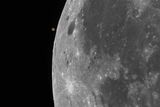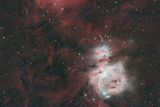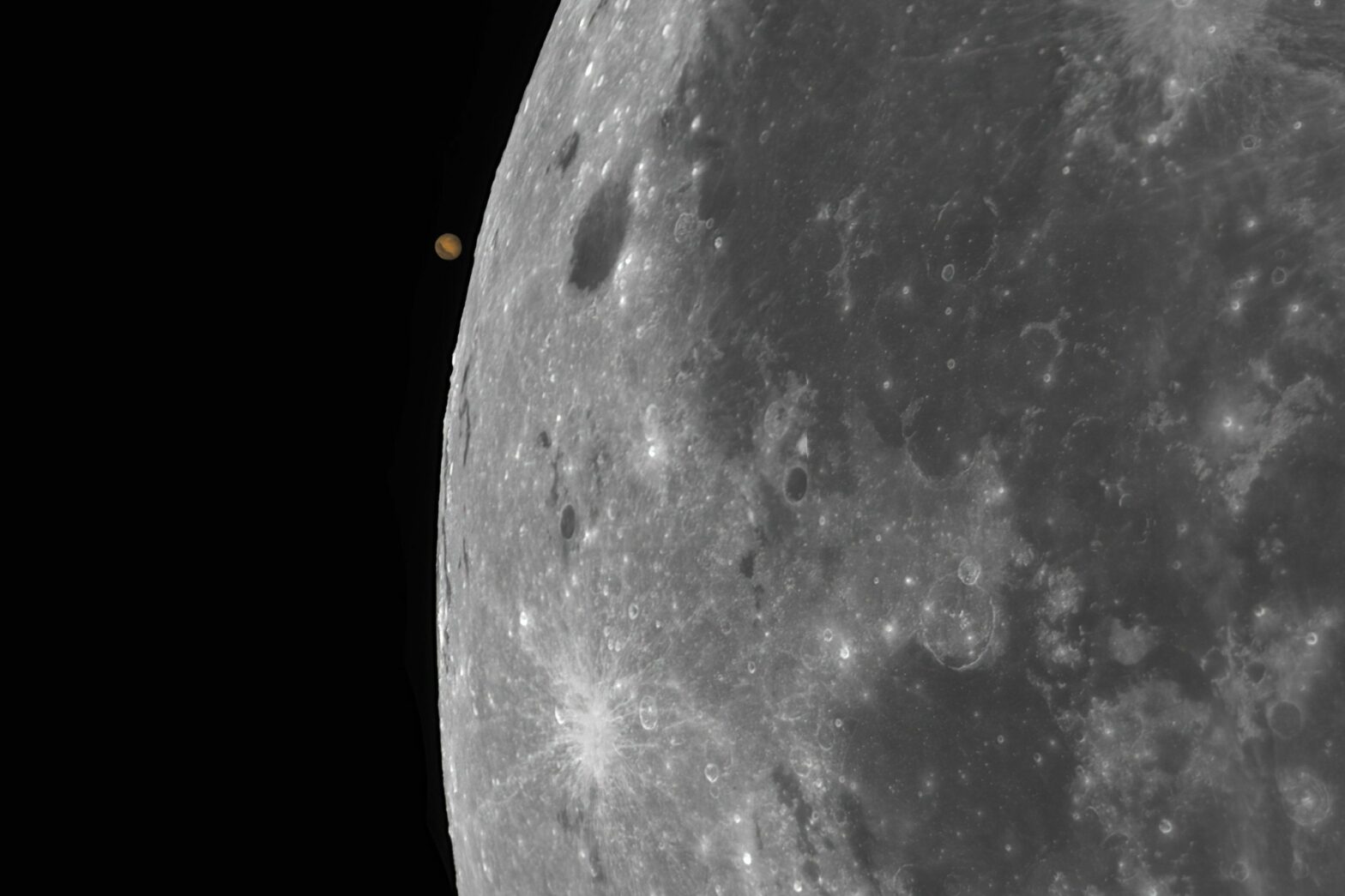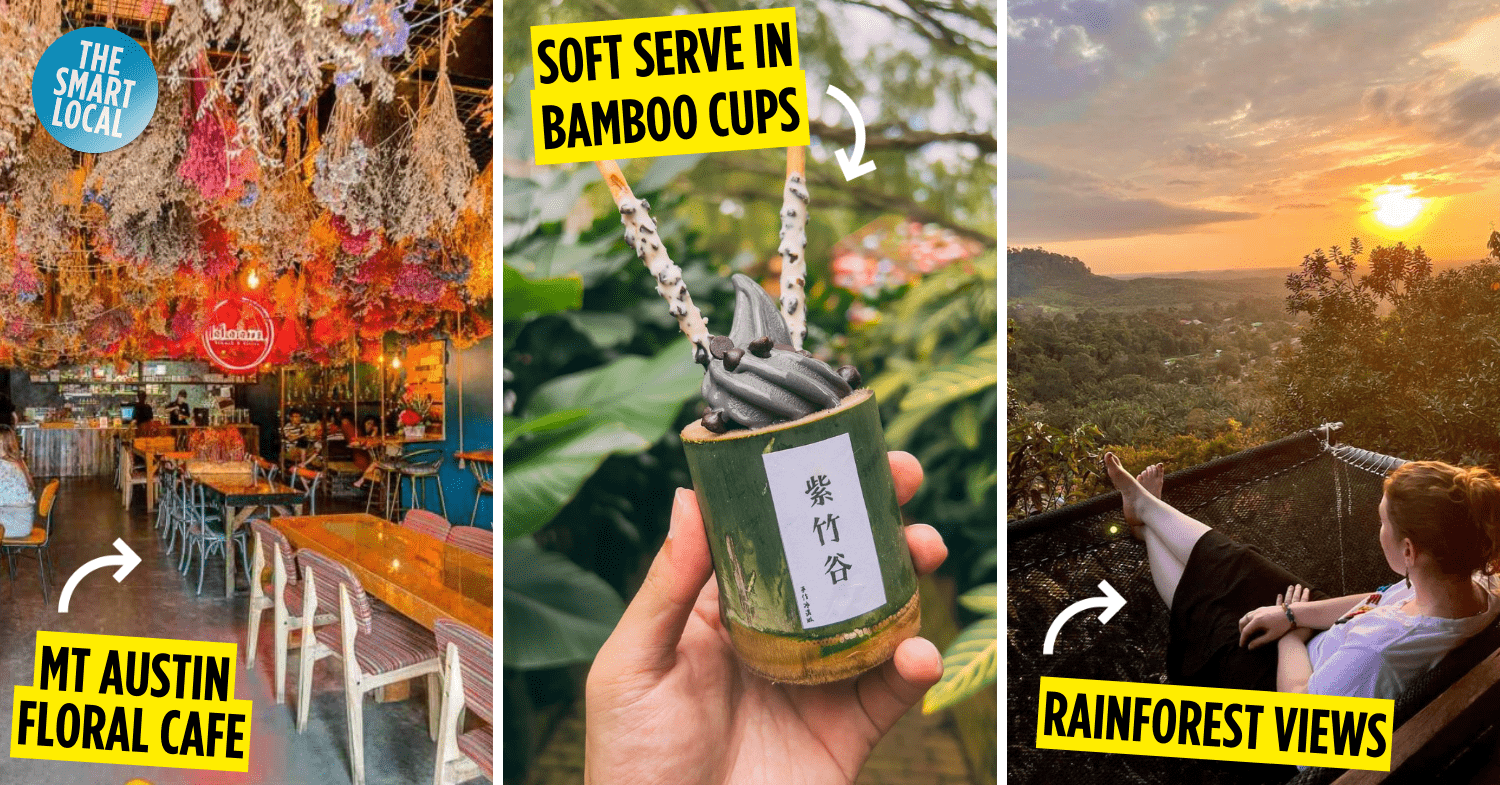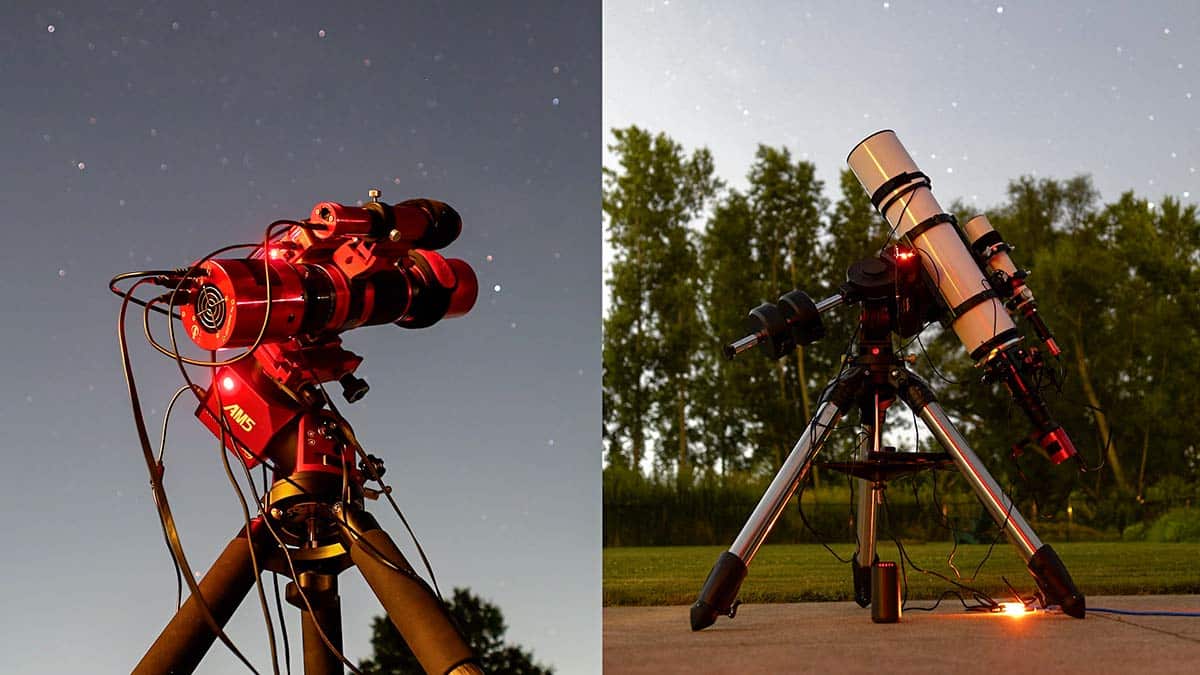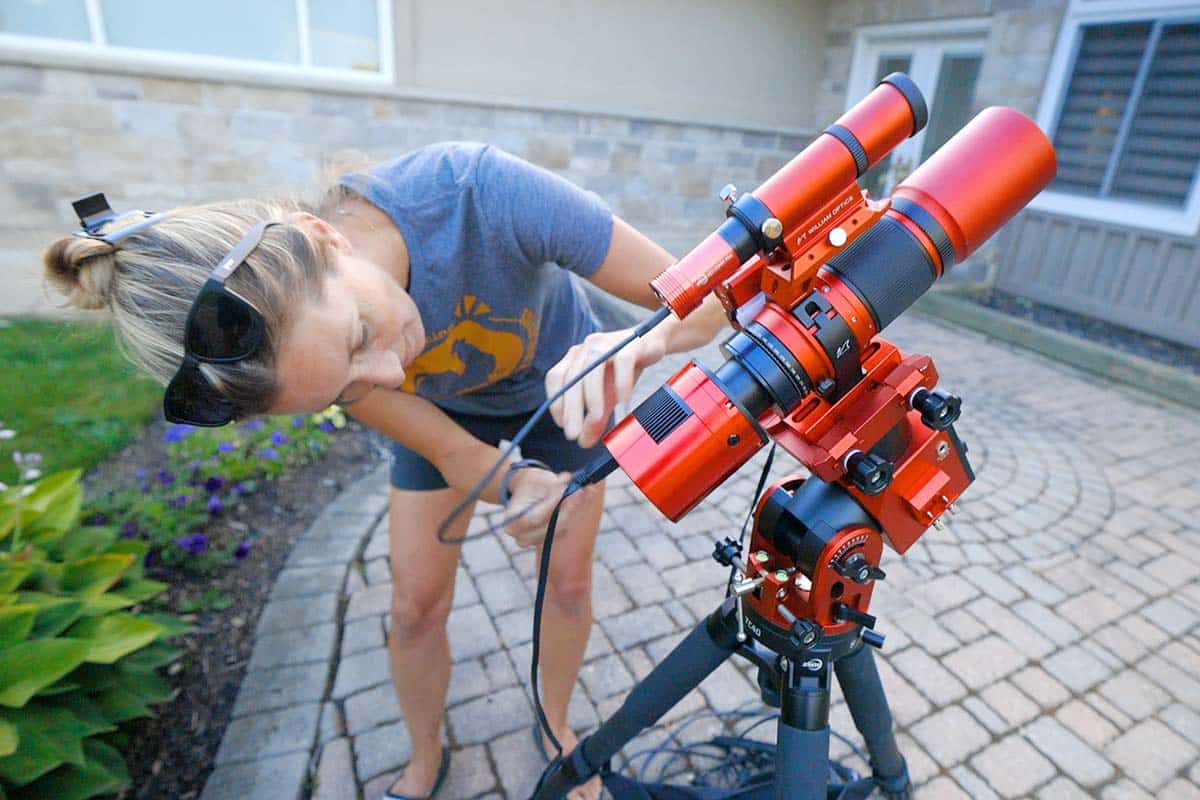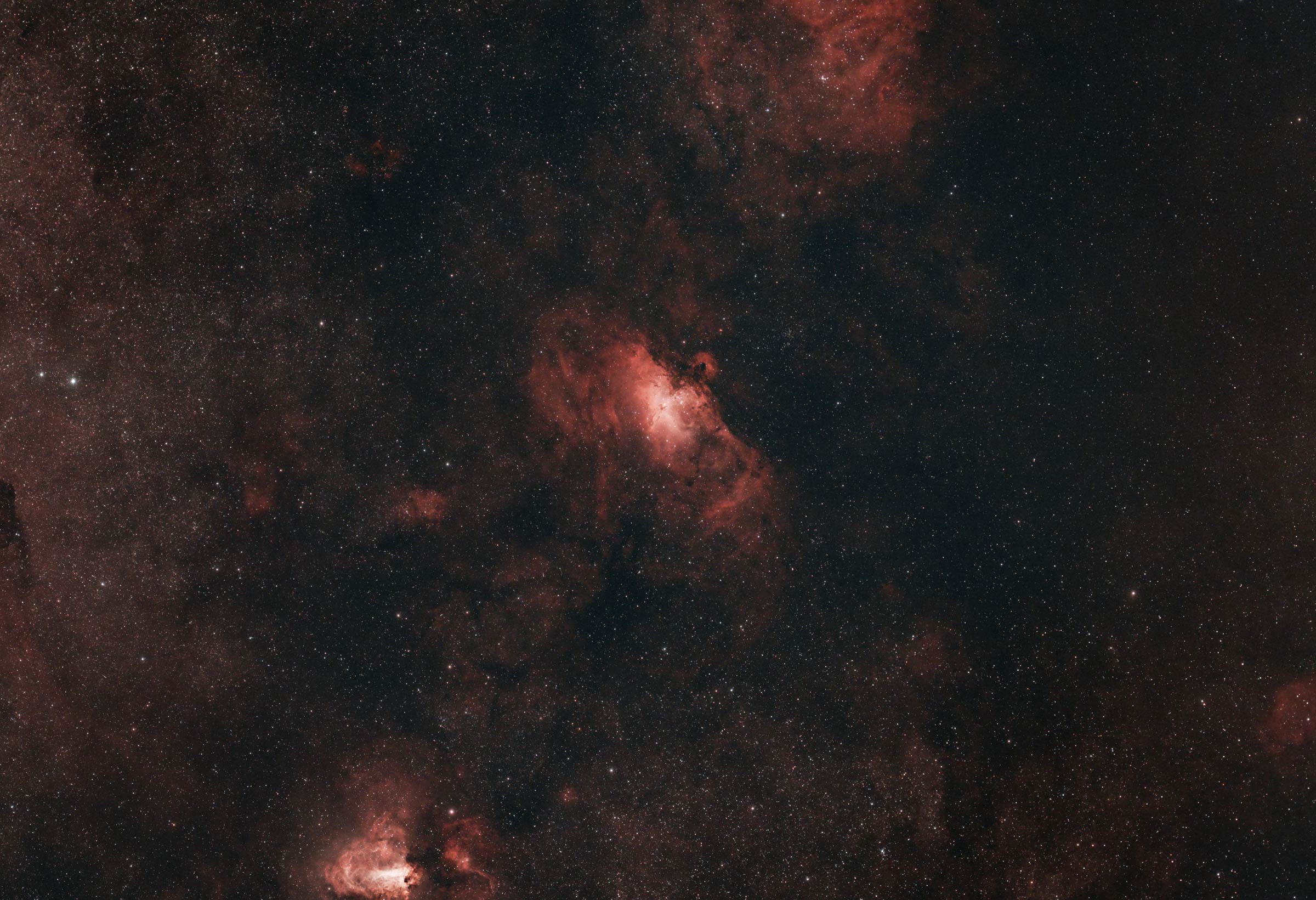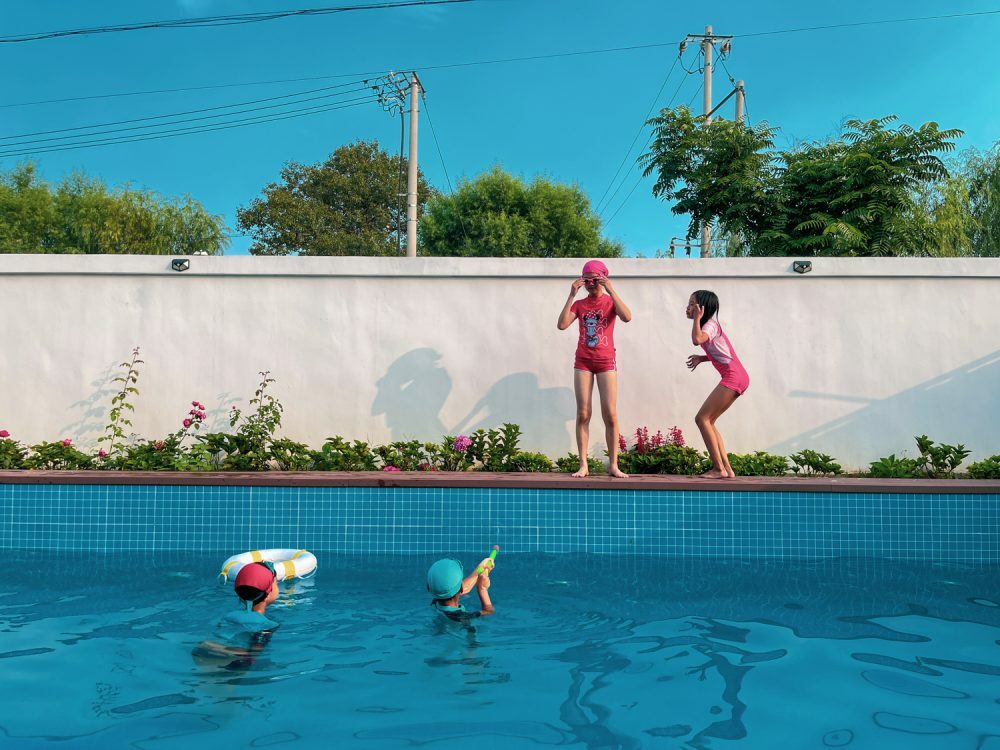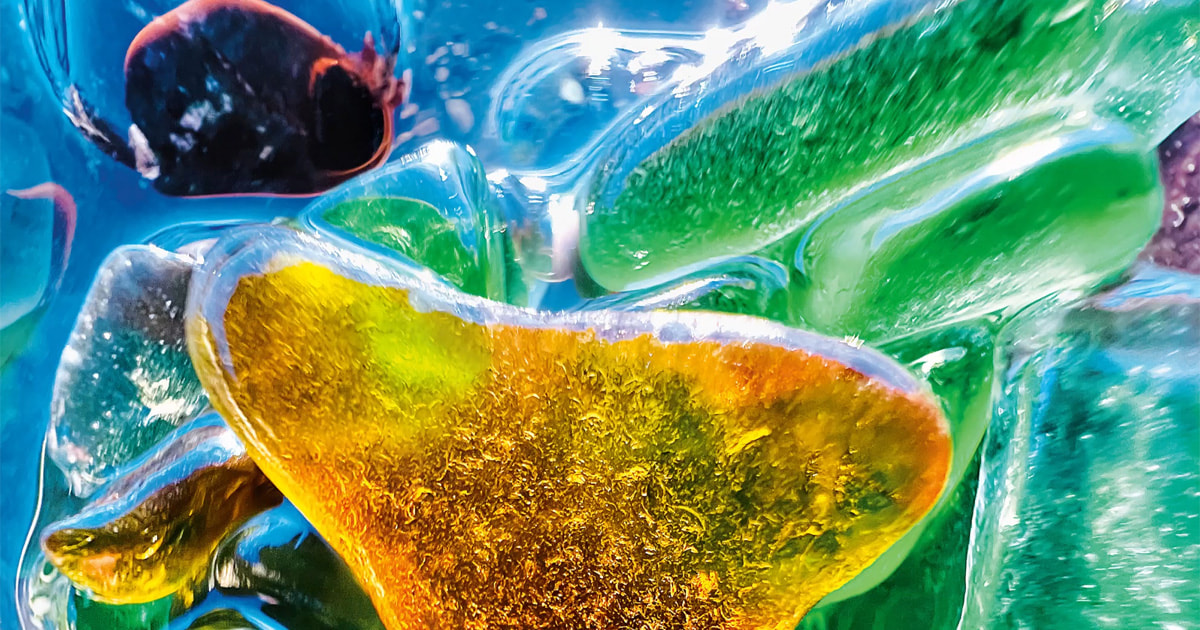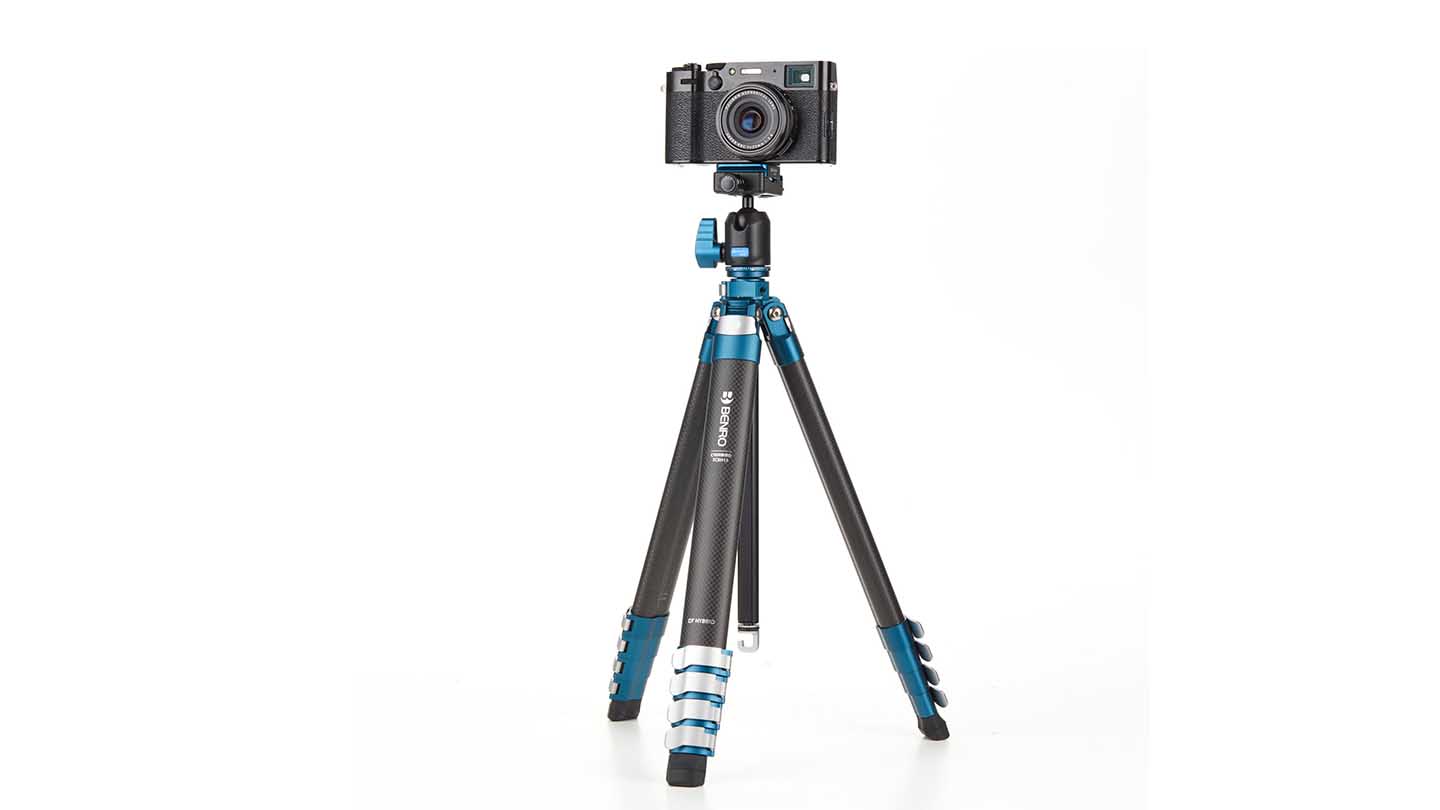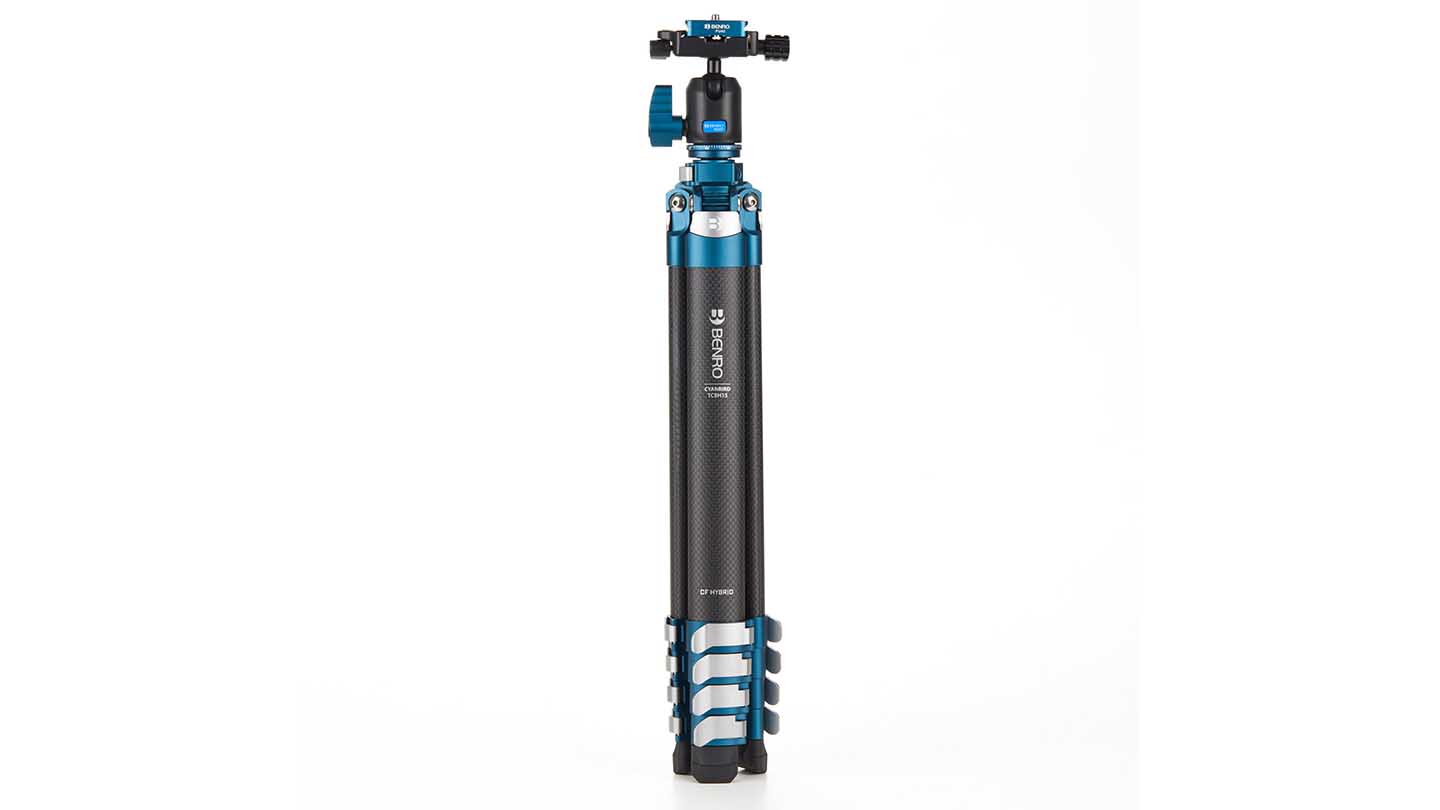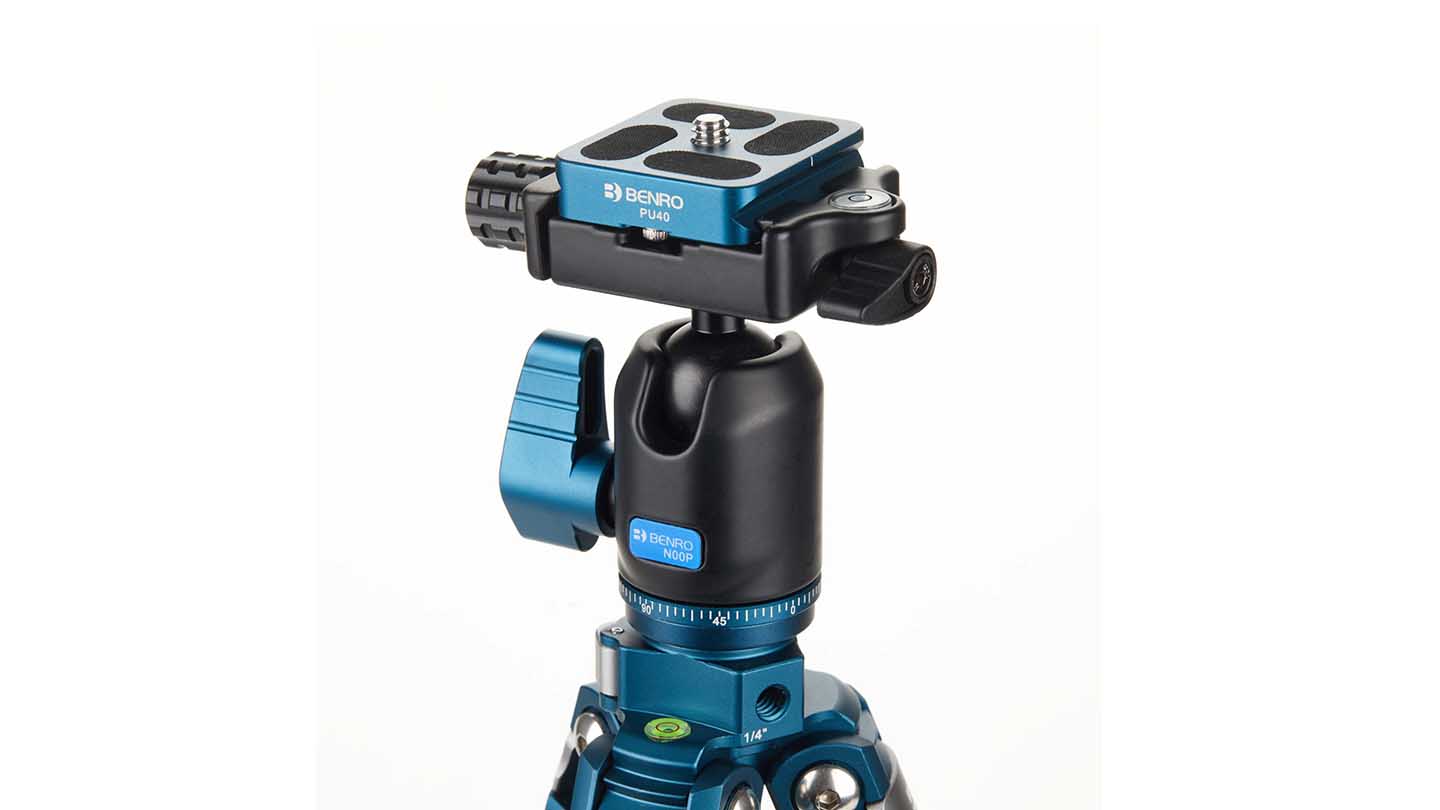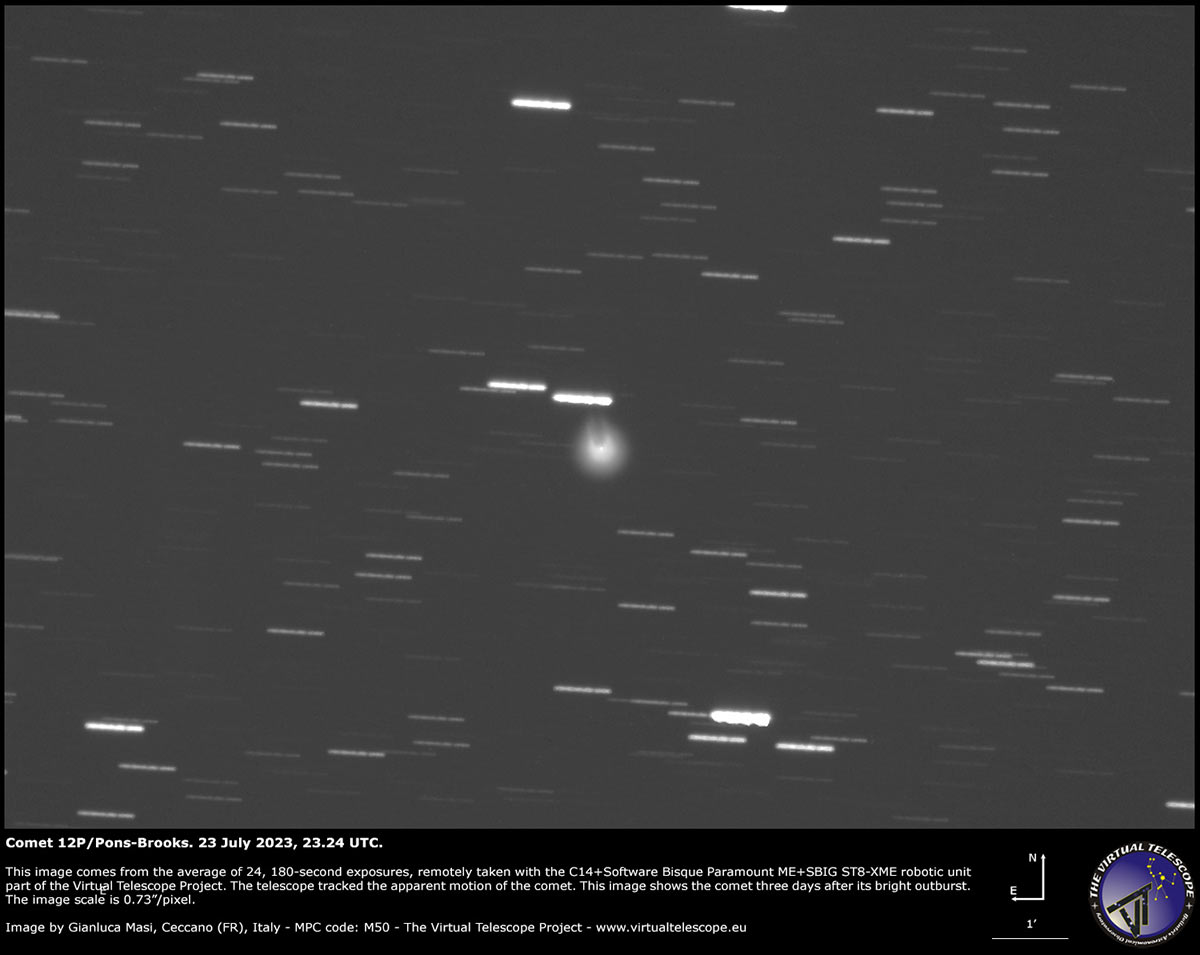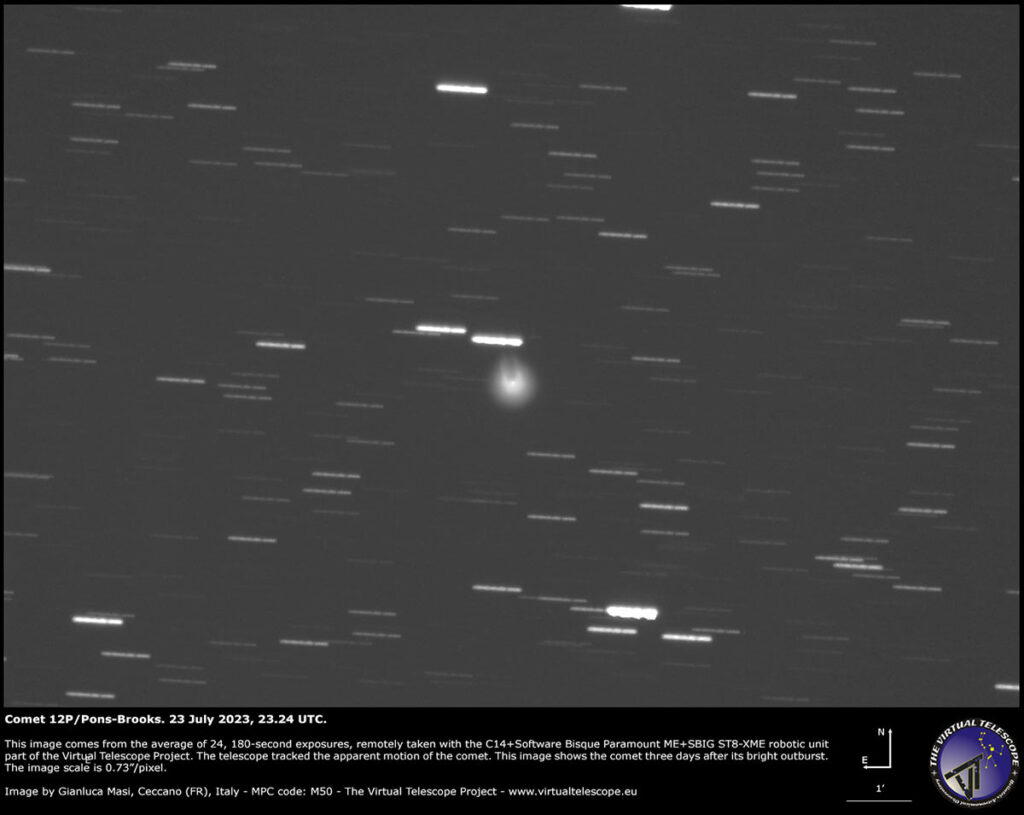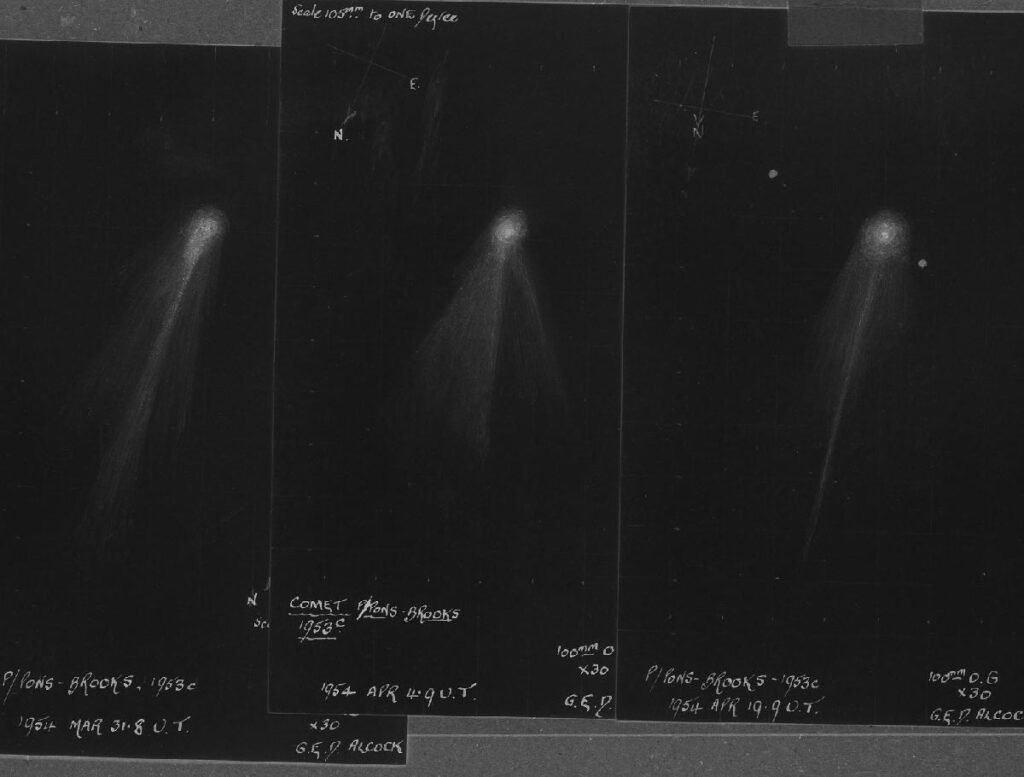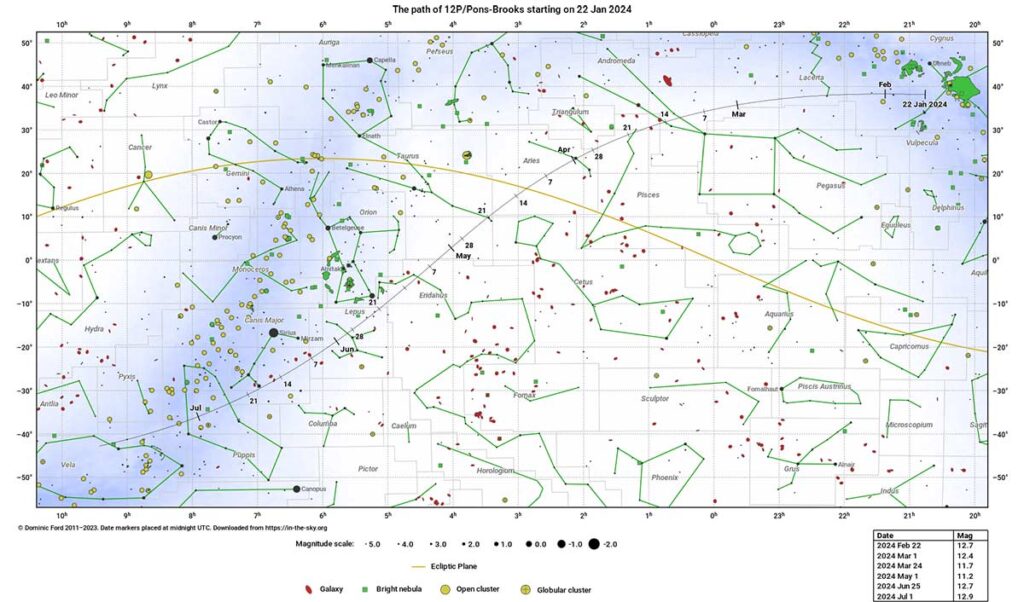Nature-themed cafes near JB checkpoint
In today’s lesson of every day we learn something new, we find out that an anthophile is a person who loves flowers and plants. If that sounds like you, you’re going to want to add these nature-themed cafes near JB checkpoint to your list of cafes in JB to check out.
Most of these cafes are hard to miss given that their exteriors are covered in greenery from head-to-toe. And the best part is that you won’t have to go too far after getting past customs – they’re all under an hour from the Malaysian borders, with many of them only a 10-20 minute drive away. IG-worthy cafes, here we come.
1. Naug Just Plants – Hidden cafe in the backyard of a plant shop
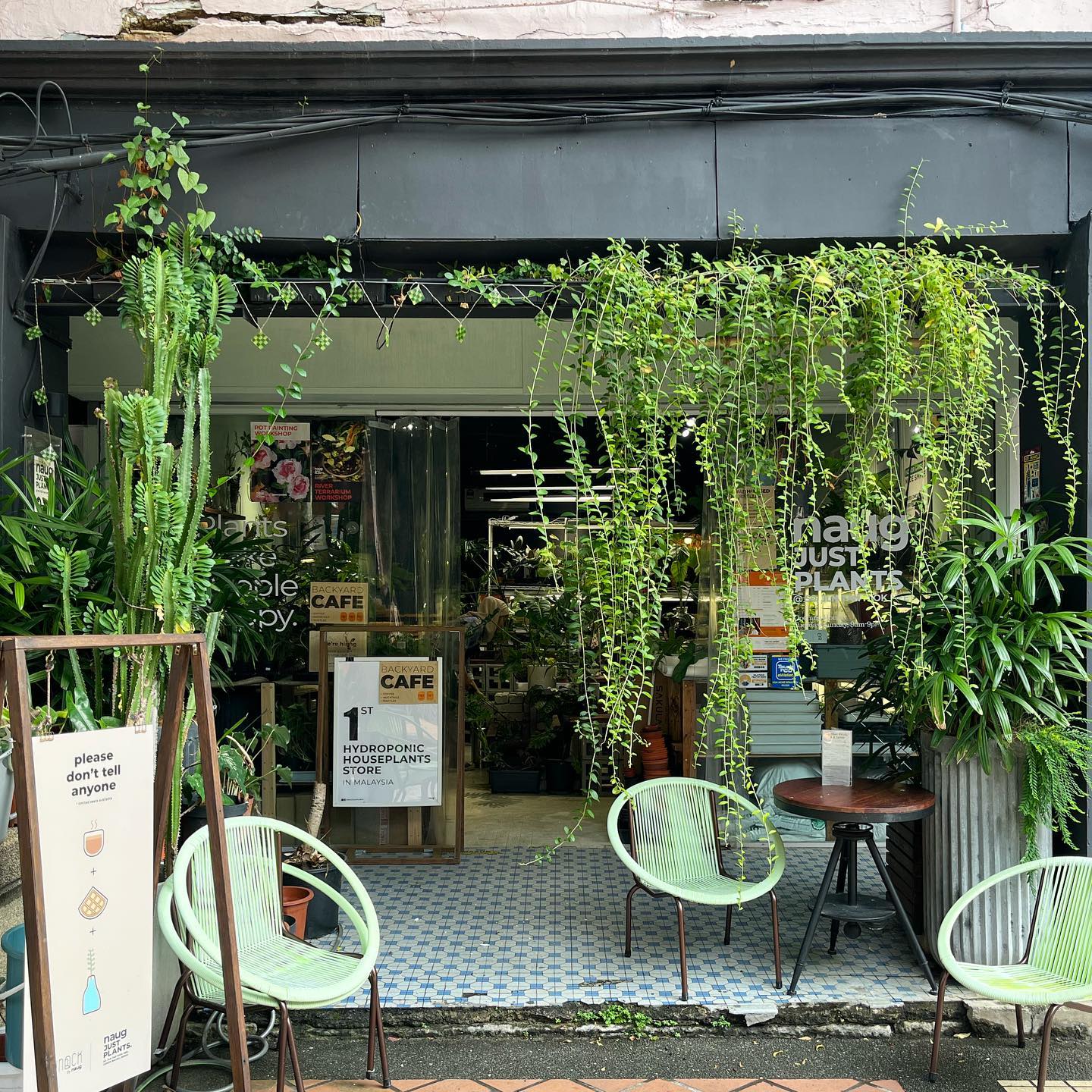
Image credit: @shot.n.sugar via Instagram
If you really are a plant lover, then a visit to Naug Just Plants means getting your coffee fix and being able to shop for plants to bring back home. It’s just 7 minutes from the JB checkpoint so you can make it the first stop on your trip for brunch or grab some snacks and brand new pots on your way back home.
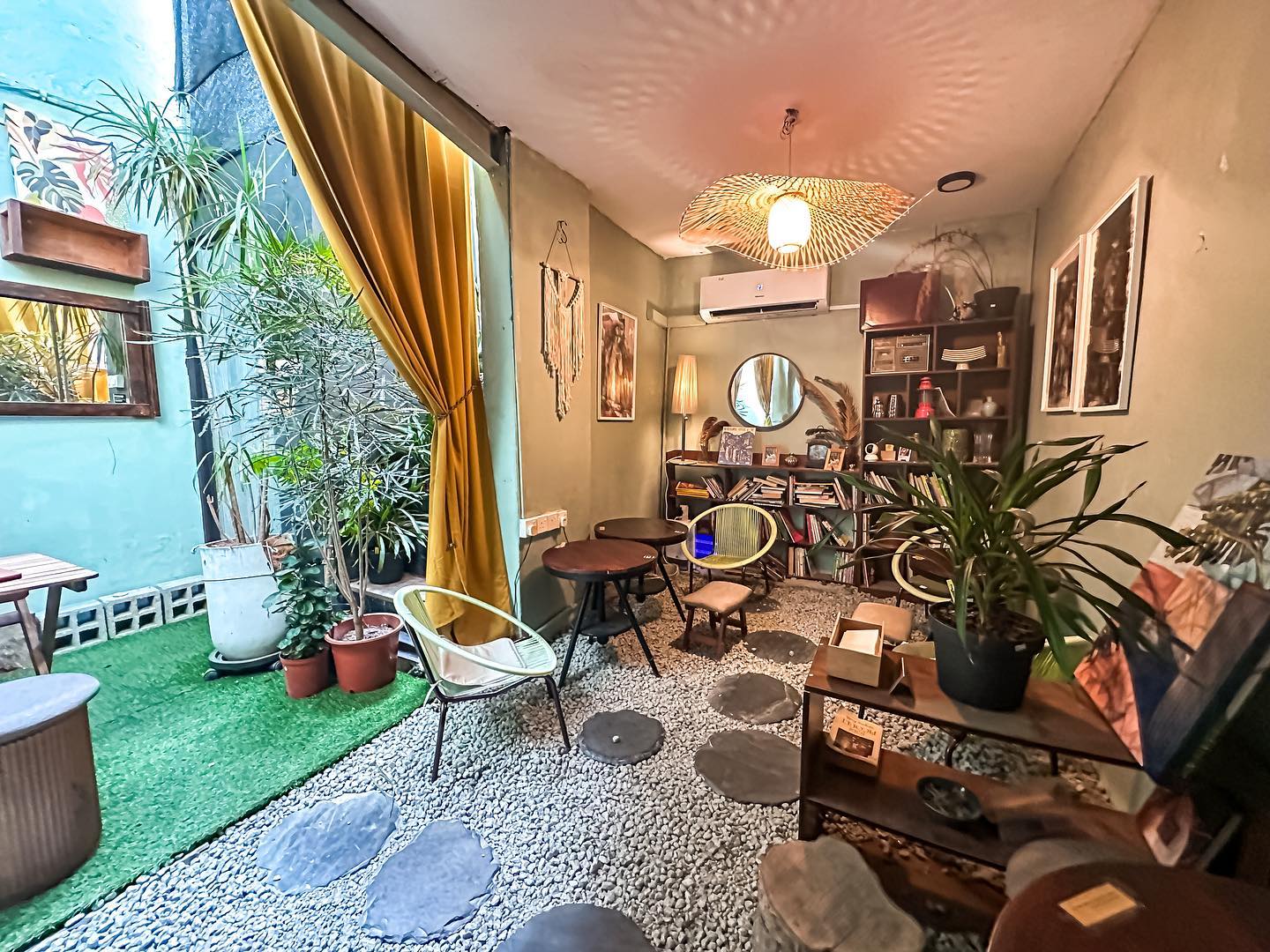
Image credit: @praveenajourney via Instagram
Once you’ve browsed through their plant section, go past the racks to the back of the shop, and around the cashier to get to the hidden cafe in the backyard.
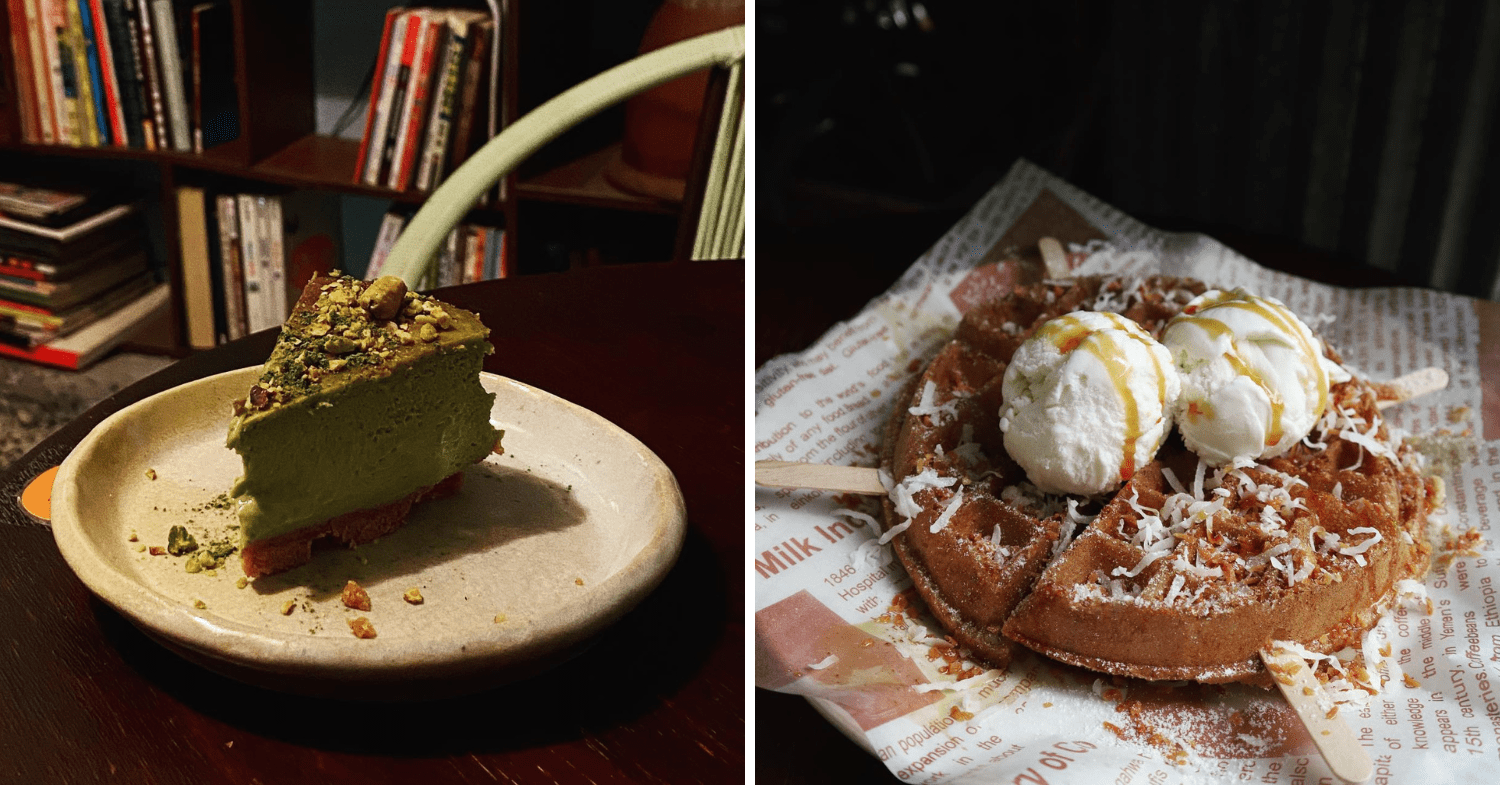
Matcha Pistachio Cheesecake (right) and Gula Melaka Butter Waffle with coconut flakes (left).
Image adapted from: Naug café via Facebook
The menu features a selection of coffees, including the best-selling Pandan Gula Melaka Latte (RM11, ~S$3.20), refreshing mocktails, and desserts. Check out their waffles (RM13, ~S$3.79) which come in both sweet and savoury variations such as matcha butter or mayo butter with chicken floss.
Address: 50, Jalan Tan Hiok Nee, Bandar Johor Bahru, Johor Bahru 80000, Johor, Malaysia
Opening hours: 9am-6pm, Daily
Contact: Naug café Facebook
2. Soil – Cottage-style cafe covered with foliage
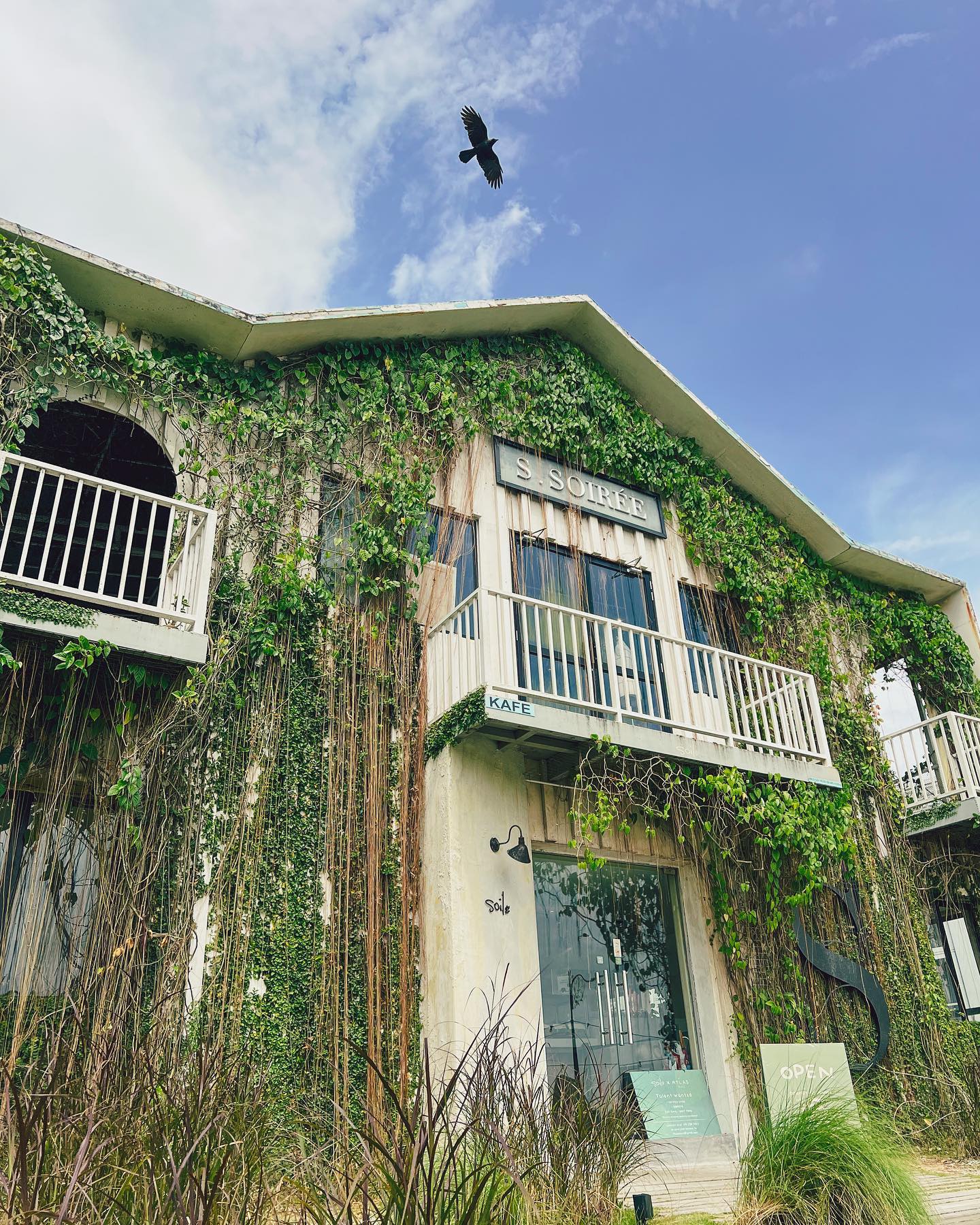
Image credit: @soil_jb via Instagram
Already pretty popular amongst Singaporeans, Soil is just 30 minutes from the JB checkpoint. Resembling a cottage in the countryside, the cafe has plenty of aesthetic spots for you to take #OOTD pics from various angles.
It’s located within Eco Spring Labs too, which means you can conveniently hop to other eateries within the vicinity. Fair warning – they only accept walk-ins and it gets pretty crowded on the weekends, so be prepared to wait for a table.
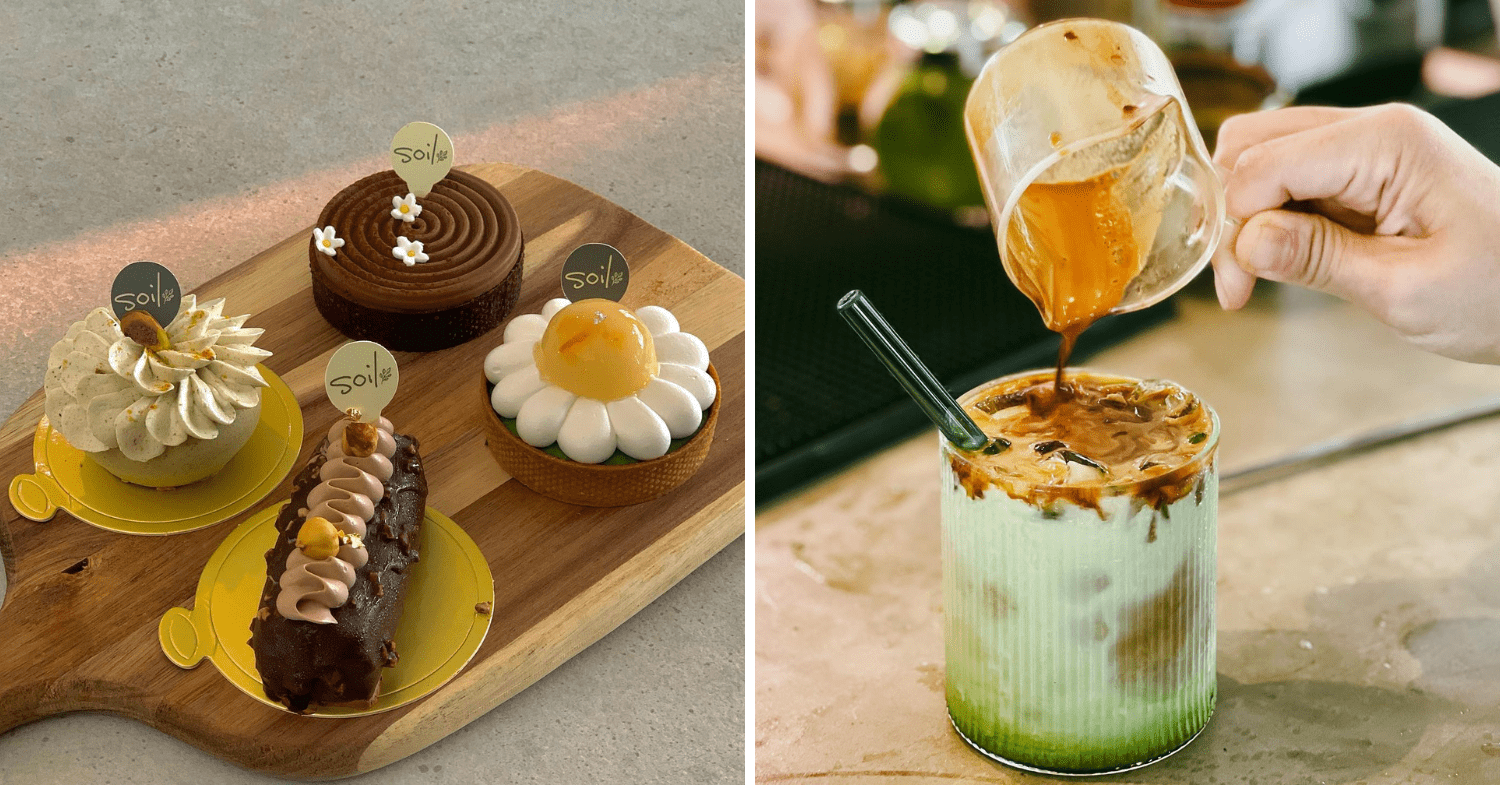
Image adapted from: @soil_jb via Instagram
Soil serves baked pastries, cakes, and coffee and tea. Recommended dishes and drinks include the Lemon Meringue Tart (RM18, ~S$5.24) and Matcha Espresso (RM16, ~S$4.66).
Address: Unit SL009, Spring Lab, Lot A (GF), Jalan Ekoflora Utama, Taman Ekoflora, Johor Bahru 81100, Johor, Malaysia
Opening hours: 9am-6pm, Daily
Contact: +60-17-392-1148 | Soil by The Atlas Bakery website
3. Rainforest Tree House – Suspended net beds with a view
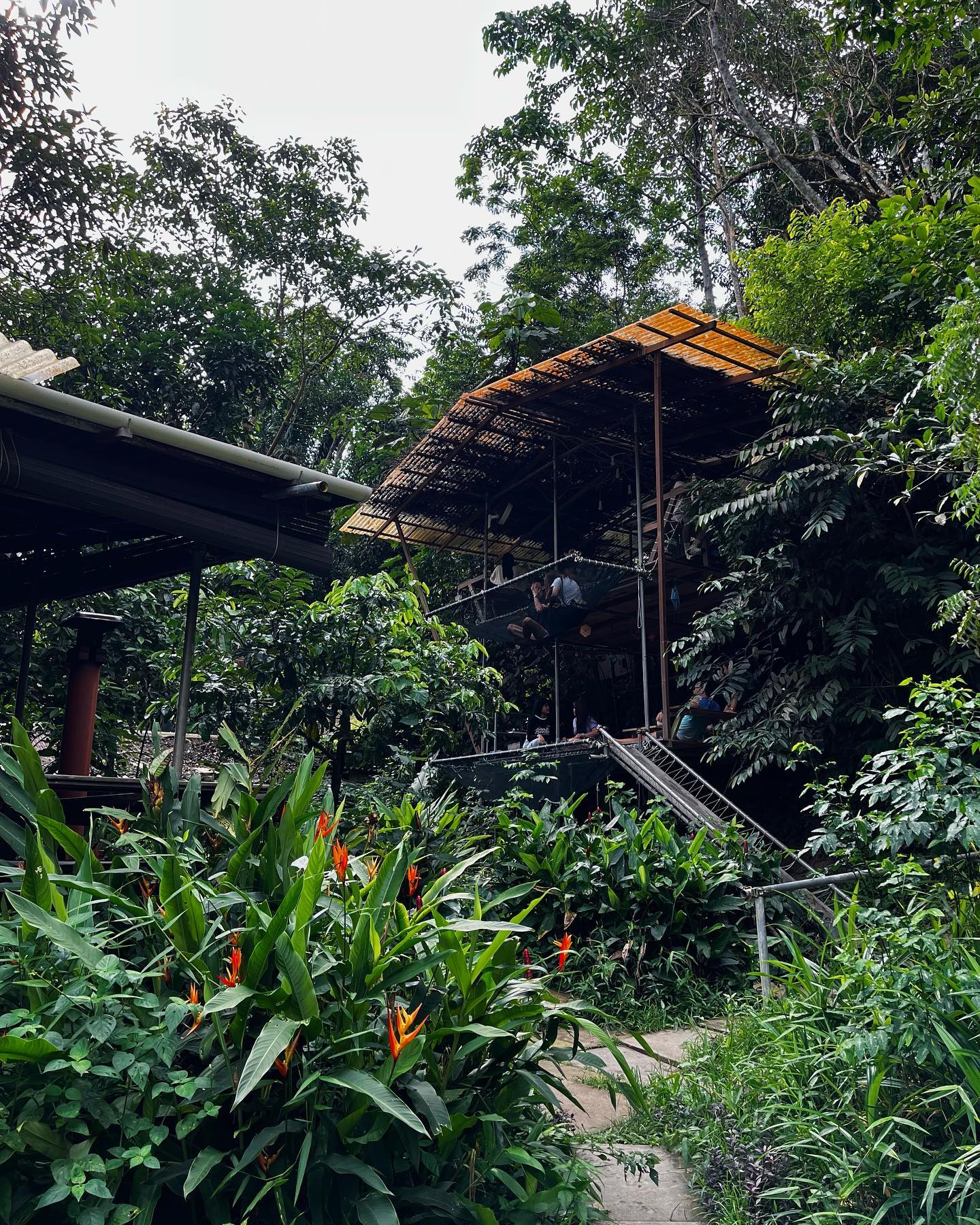
Image credit: @duuhsrsly via Instagram
You may have seen this one making the rounds on socials; Rainforest Tree House is a 3-storey cafe in Gunung Pulai Recreational Forest. The cafe is ulu enough to make you forget about the city and reconnect with nature, but don’t worry, it’s only 40 minutes away from Malaysian customs – trust us, the drive will be worth it.
The highlight of this cafe is the suspended net beds on each floor with views of the surrounding greenery. Nibble on freshly baked oven bread (RM18, ~S$5.24) or choose a hearty main like the Smoked Duck Aglio Olio (RM23, ~S$6.70) and dine with the sounds of the rainforest.
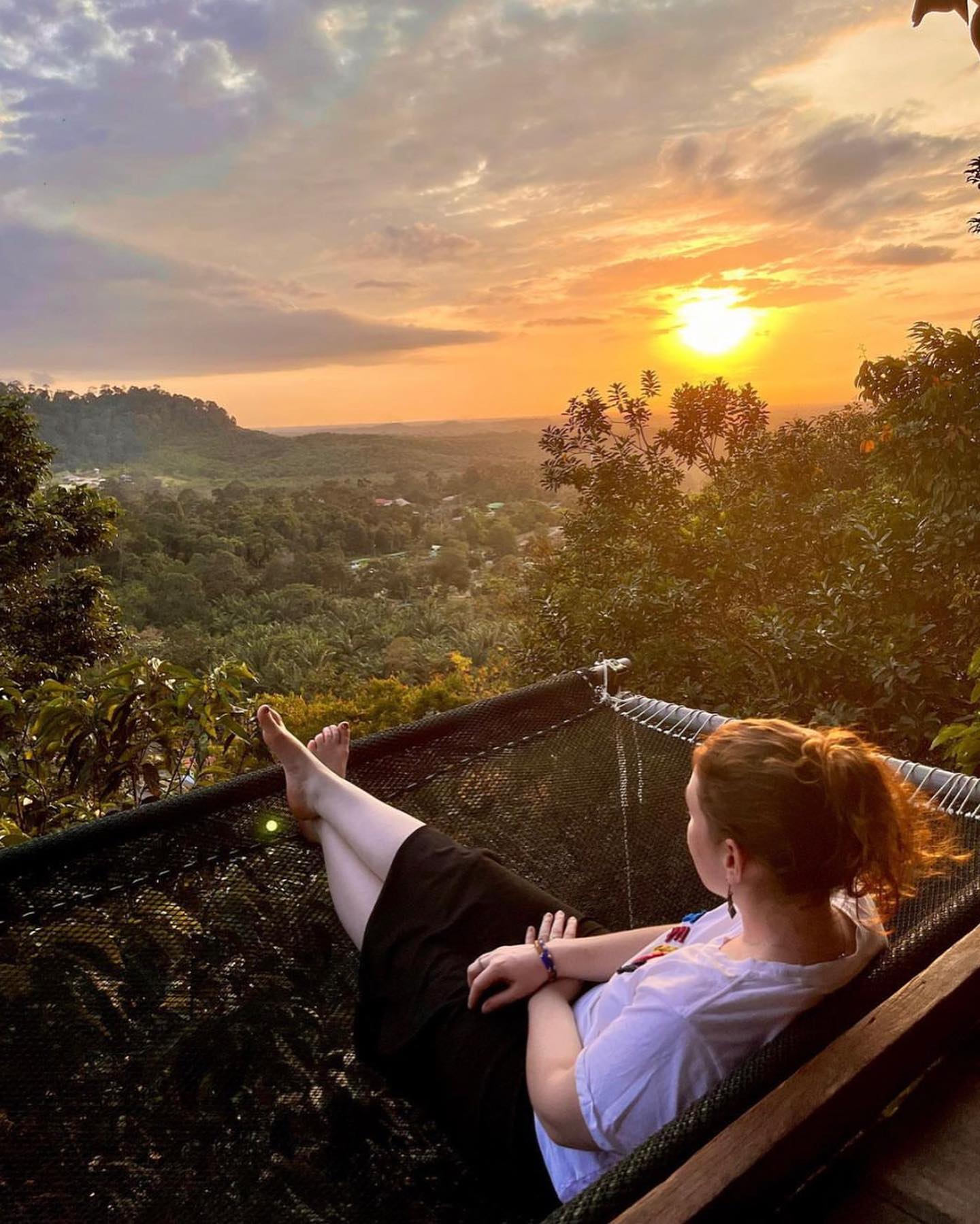
Image credit: @rainforesttreehouse via Instagram
If you’re there on a Friday or Saturday for the dinner timeslot, go early and grab the best seats in the house to catch the sunset from the second floor. There’s also the option to stay overnight in the treehouse hotel if you can’t get enough.
Address: 25, Jalan Air Terjun, Kampung Sri Gunung Pulai, Kulai 81000, Johor, Malaysia
Opening hours: Tue-Thu 9am-3.30pm | Fri 9am-3.30pm, 6pm-9pm | Sat 8am-4.30pm, 6pm-9pm | Sun 8am-4.30pm (Closed on Mondays)
Contact: +60-12-930-9914 | Rainforest Tree House website
4. Flowers in the Window – 10 minutes drive from the JB checkpoint
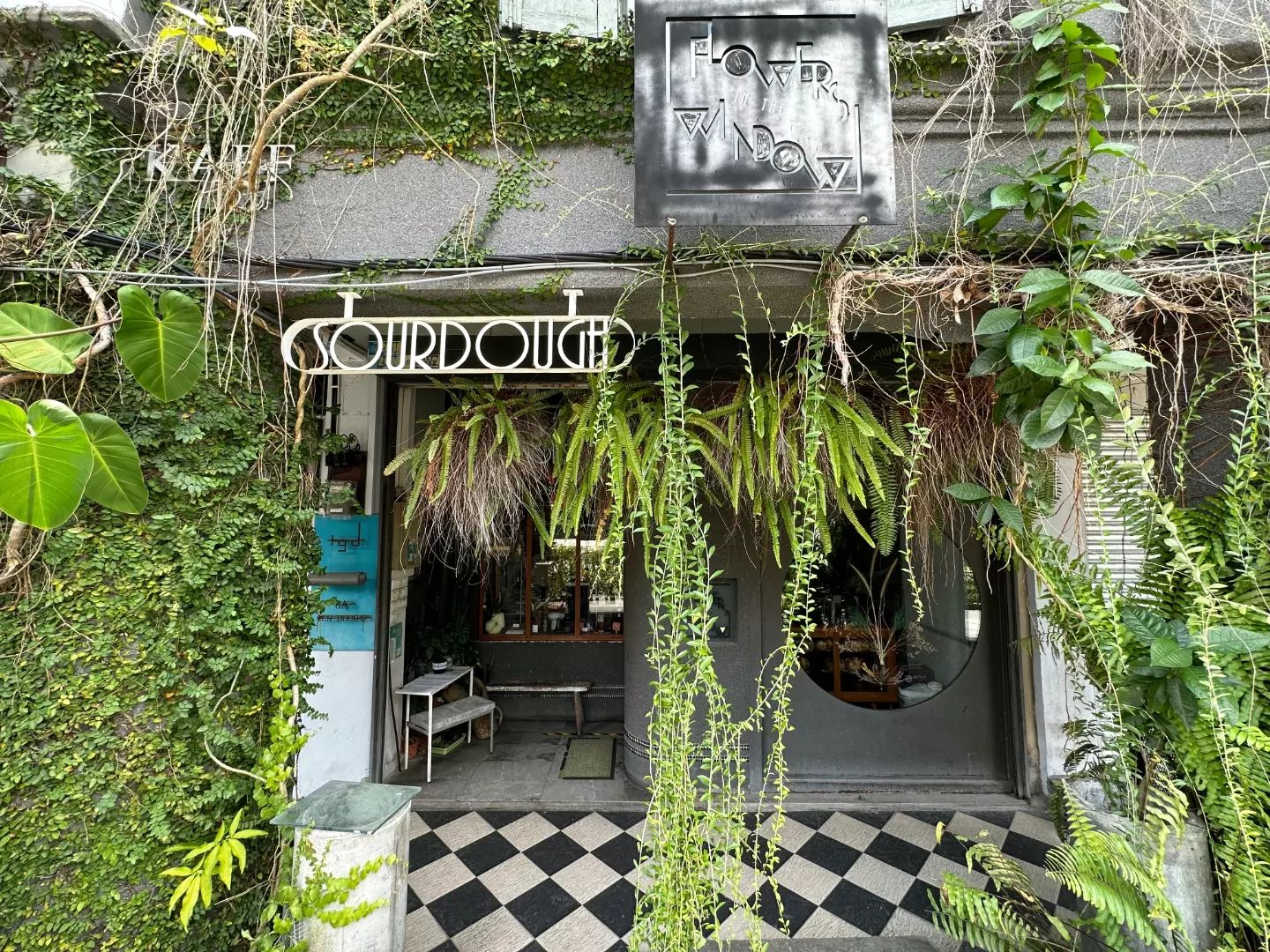
Image credit: @astralis_ via Instagram
Those planning to visit the hipster area in JB known as Jalan Dhoby, can make their way to Flowers in the Window for some sourdough bread and croissants (from RM7, ~S$2.04). It’s so close to the checkpoint that you can take a leisurely walk and reach it within 15 minutes.
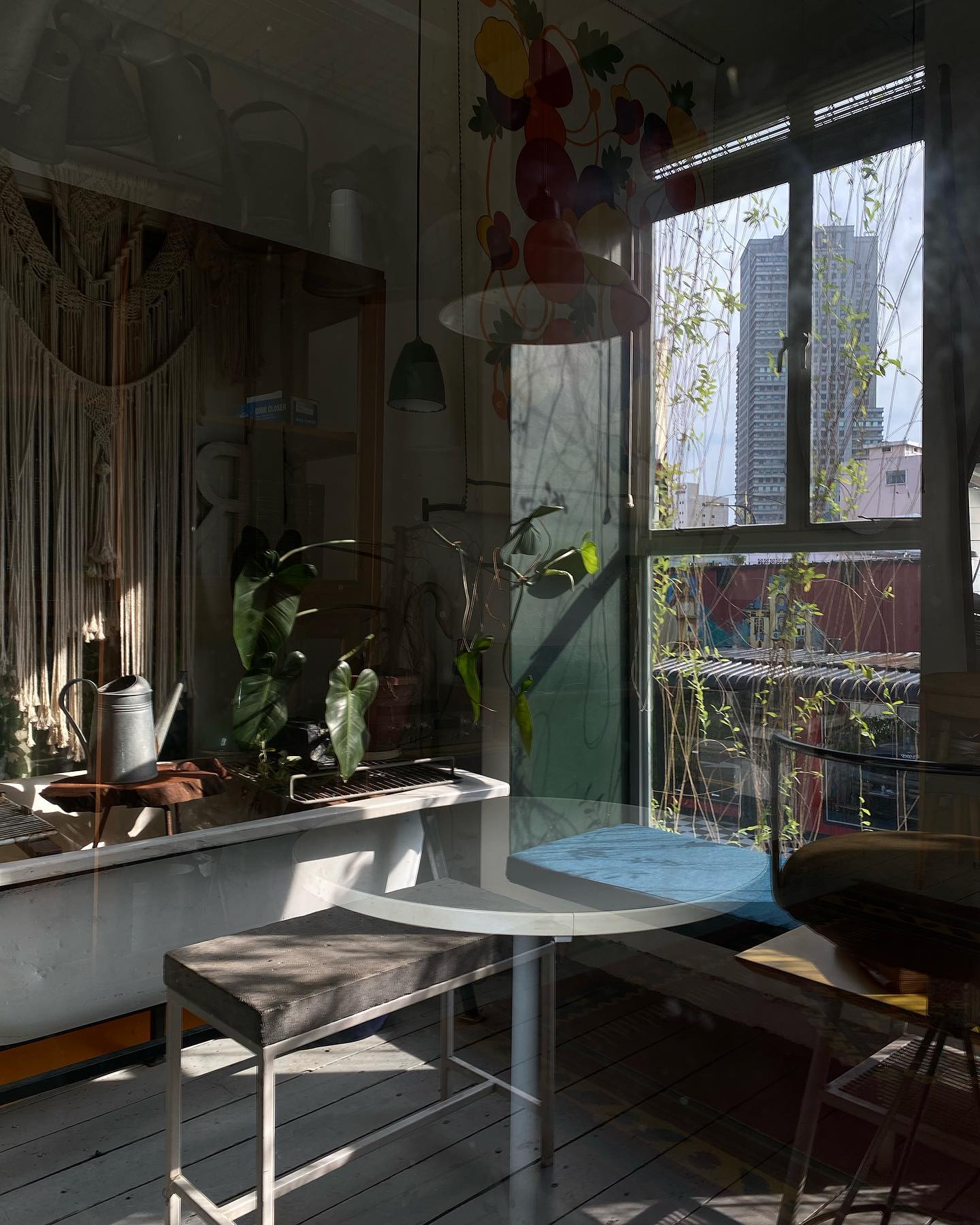
Image credit: @flowersinthewindowstore via Instagram
The 2-storey cafe has a number of cosy corners for a quiet brunch before you go ahead with the rest of your day. The menu features healthy superfood bowls (from RM18, ~S$5.24) with Asian flavours such as lemongrass and Thai basil.
Address: 9, Jalan Dhoby, Bandar Johor Bahru, Johor Bahru 80000, Johor, Malaysia
Opening hours: Wed-Mon 9am-4pm (Closed on Tuesdays)
Contact: +60-7-222 7489 | Flowers in the Window Facebook
5. Fat Bamboo Cafe – Ice cream served in bamboo culms
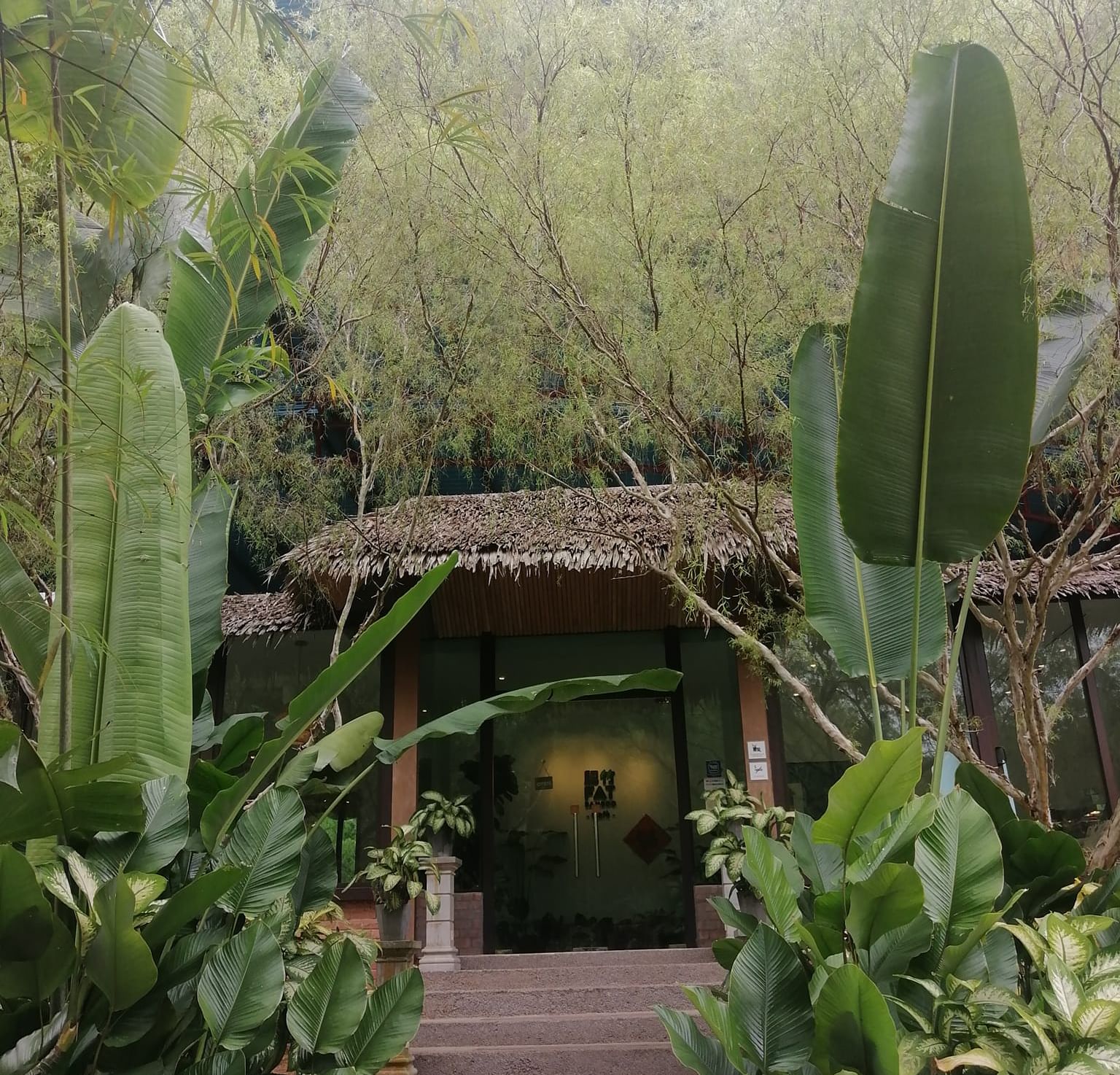
Image credit: @onnsangtham via Instagram
There’s no need to fly all the way to Kyoto to see a bamboo forest, just cross the border and head to Putuo Village in JB. This Buddhist sanctuary houses a temple, a giant wishing tree, and the Fat Bamboo Cafe.
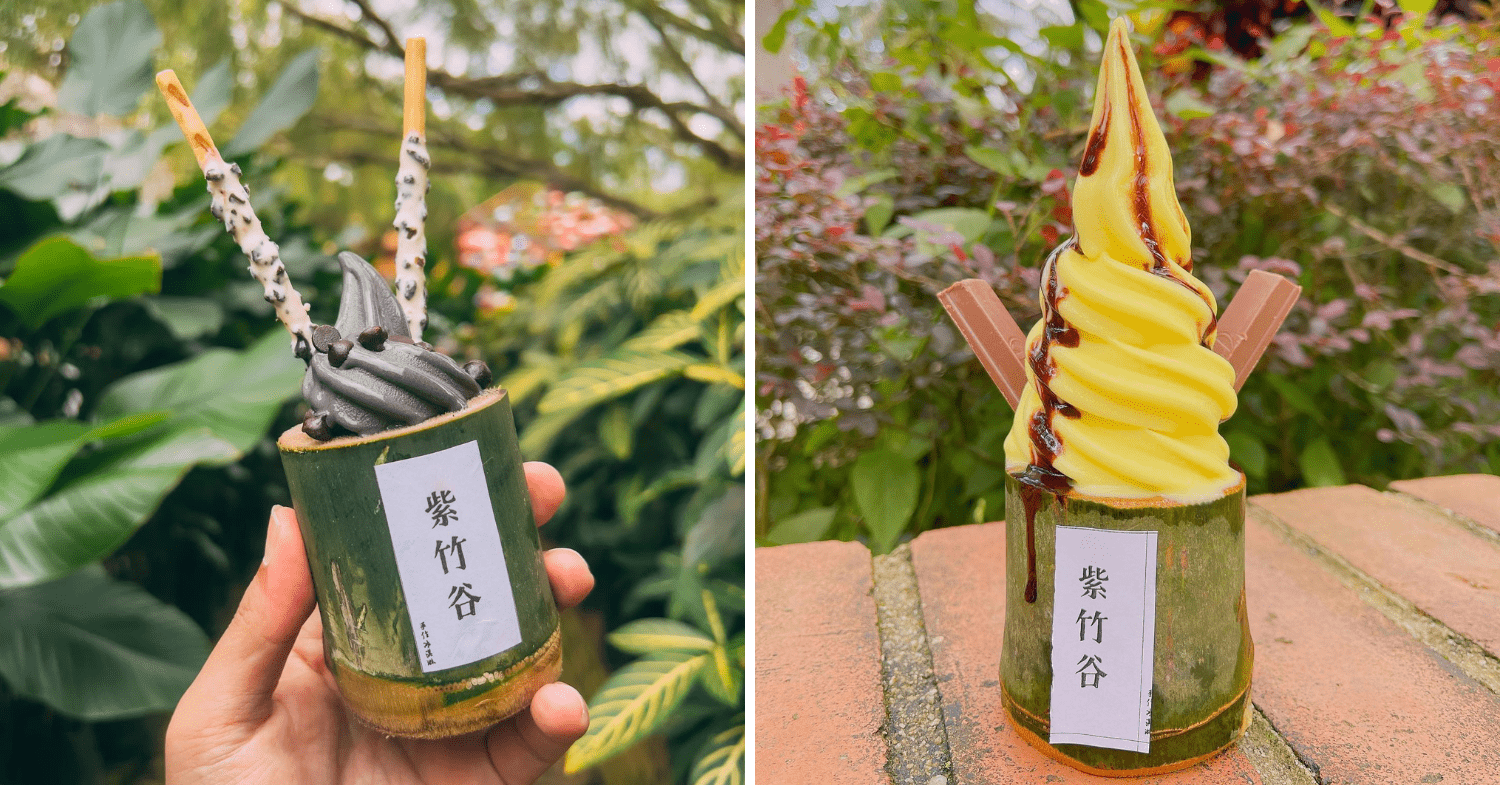
Ice cream served with crunchy snacks like Polky Sticks and Kit Kat.
Image adapted from: @putuovillage & @kelly8046 via Instagram
Located 45 minutes from the checkpoint, the cafe is most known for its signature ice cream (RM10, ~S$2.91) served in a bamboo culm. You know you want these IG-worthy soft serves so here are the best-selling flavours: Bamboo Charcoal Chocolate and Japanese Classic Matcha.
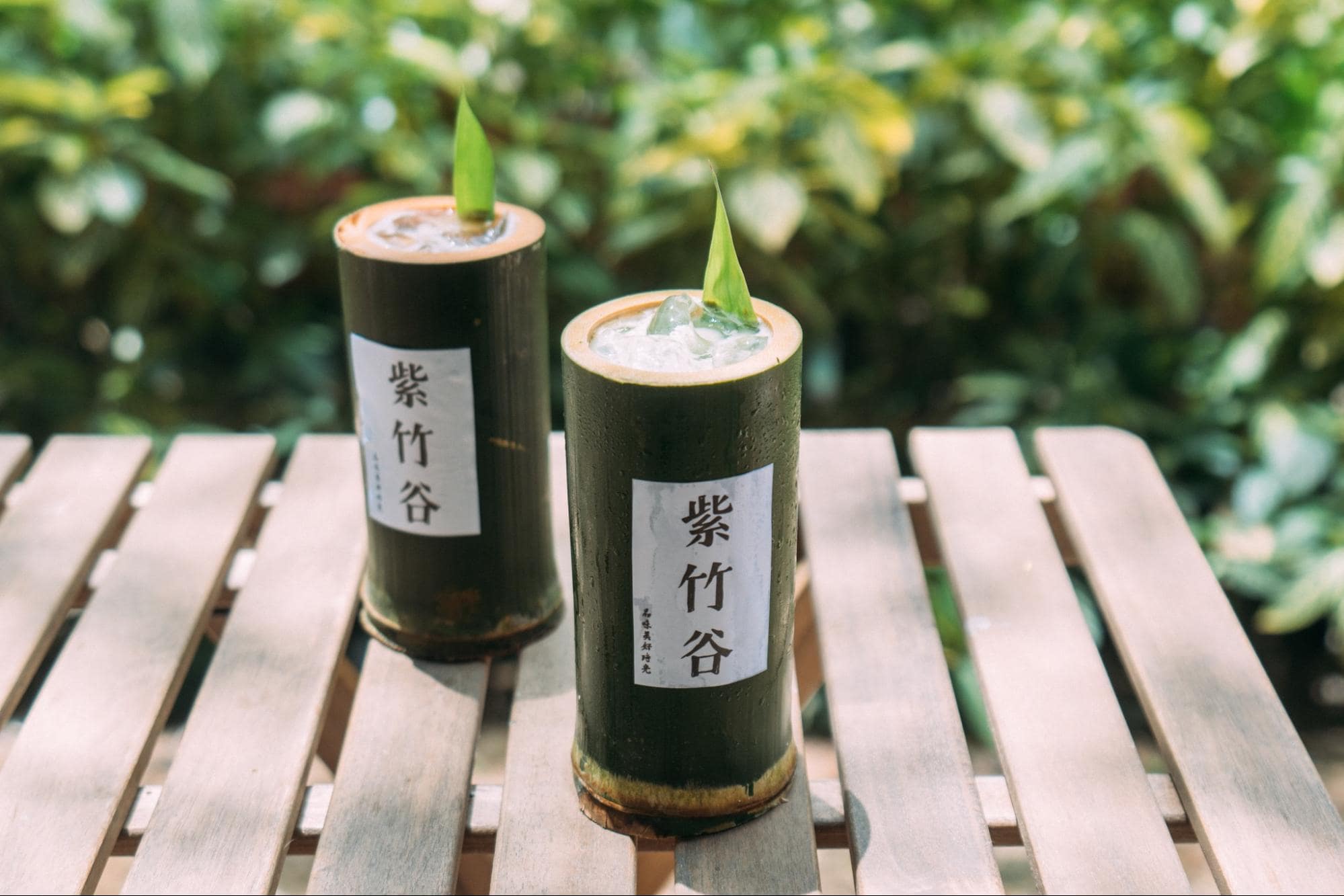
Even the drinks are served in bamboo glasses.
Image credit: Putuo Village via Facebook
If you want a proper meal, other dishes you can order include charcoal-fired glutinous rice with curry.
Make sure to walk around the village while you’re there for more photo ops such as a rainbow walkway and Bali-like giant nests.
Address: 1488 Jalan Kampung Felda Taib Andak Off, 94, Kulai 81000, Johor, Malaysia
Opening hours: 9.30am-5.30pm, Daily
Contact: +60-11-2200-1818
6. Rowan & Parsley – Rustic cafe with a huge outdoor garden
Talk about photogenic cafes and Rowan & Parsley is up there on the list. Super popular as an intimate wedding venue, this gorgeous garden-themed food atelier is only 15 minutes from the causeway. Almost every corner is covered in greenery, so you can easily take photos outdoors and indoors.
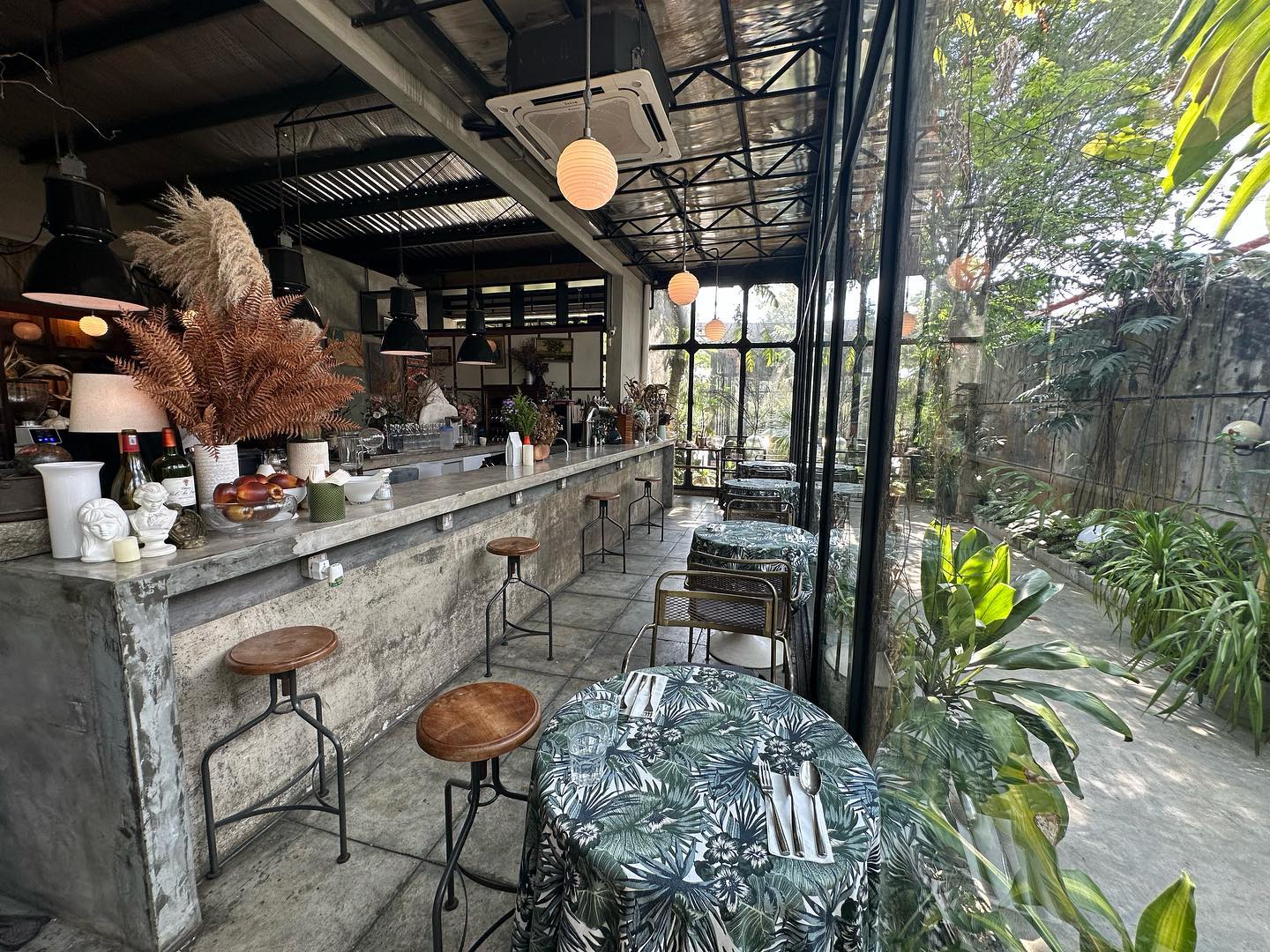
Image credit: @m2206ws via Instagram
It’s also open all day until late, so you can head there for brunch, afternoon tea, or an evening tipple and dinner. Cocktails start at just RM35 (~S$10.24) and the fairy lights around the garden area turn on after dark for that added fairy tale effect.
If you’re looking for things to do in JB near the causeway, add a meal at Rowan & Parsley to your list.
Address: 17, Jalan Cenderai 20, Taman Perindustrian Kota Puteri, Masai 81750, Johor, Malaysia
Opening hours: 11am-10pm, Daily
Contact: +60-11-1005-4747 | Rowan & Parsley Facebook
7. Bloom by Mok Mok – Whimsical cafe with hanging flowers
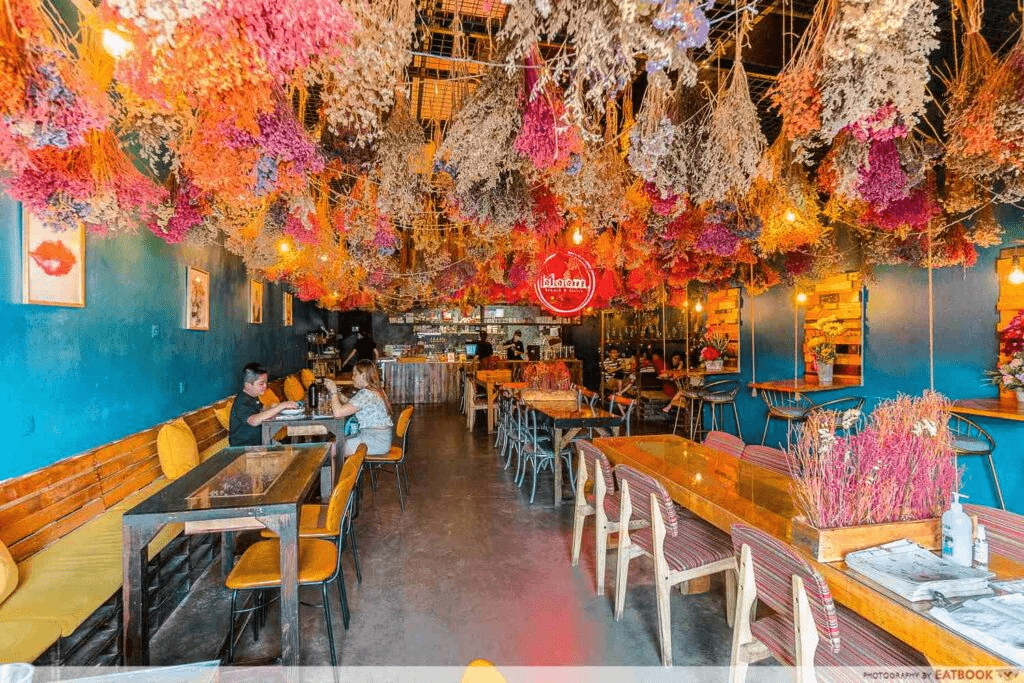
Image credit: Eatbook
Foodies, you may have heard of Mount Austin in JB, an area 20 minutes from customs that’s bustling with eateries, including cafes, restaurants, and hawkers. Nestled within that area is Bloom By Mok Mok – a cafe with colourful dried flowers hanging from the ceiling, giving off year-round fall vibes.
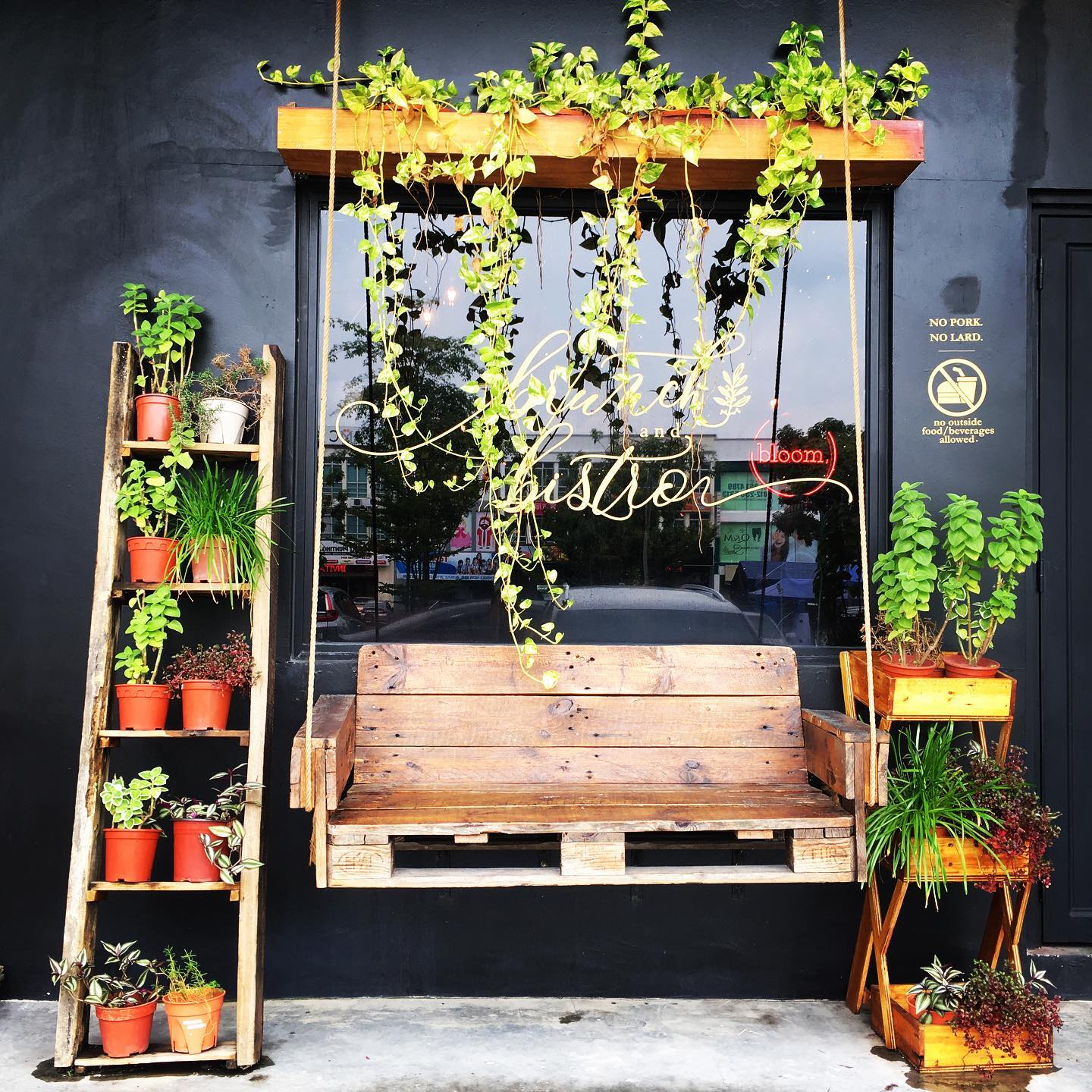
Head outside to the porch swing to snap more pics in the natural sunlight.
Image credit: @bloombymokmok via Instagram
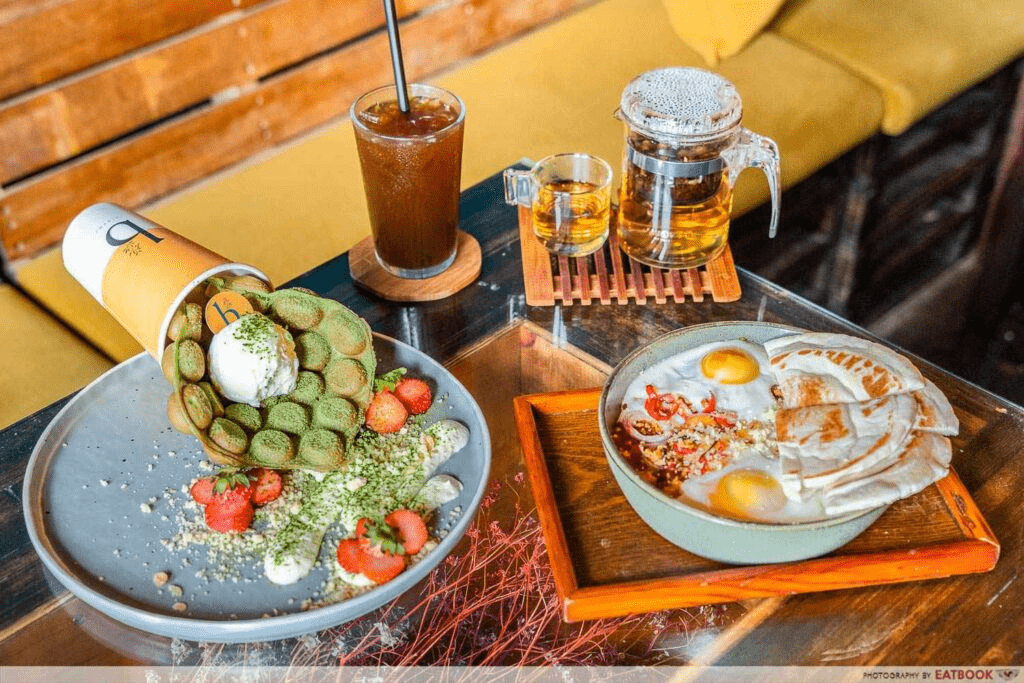
Image credit: Eatbook
The cafe serves egglet waffles (RM20, ~S$5.85) with different flavoured ice cream and fruits; as well as cream cheese souffle pancakes (from RM20, ~S$5.85) in various flavours such as fresh mango or raw honey.
Address: 87, Jalan Mutiara Emas 2A, Taman Mount Austin, Johor Bahru 81100, Johor, Malaysia
Opening hours: 12pm-10pm, Daily
Contact: WhatsApp +60-16-329-0068 | Bloom by Mok Mok Instagram
8. Plantherapy by S P A Z E H A U S – Terrarium-shaped glasshouse
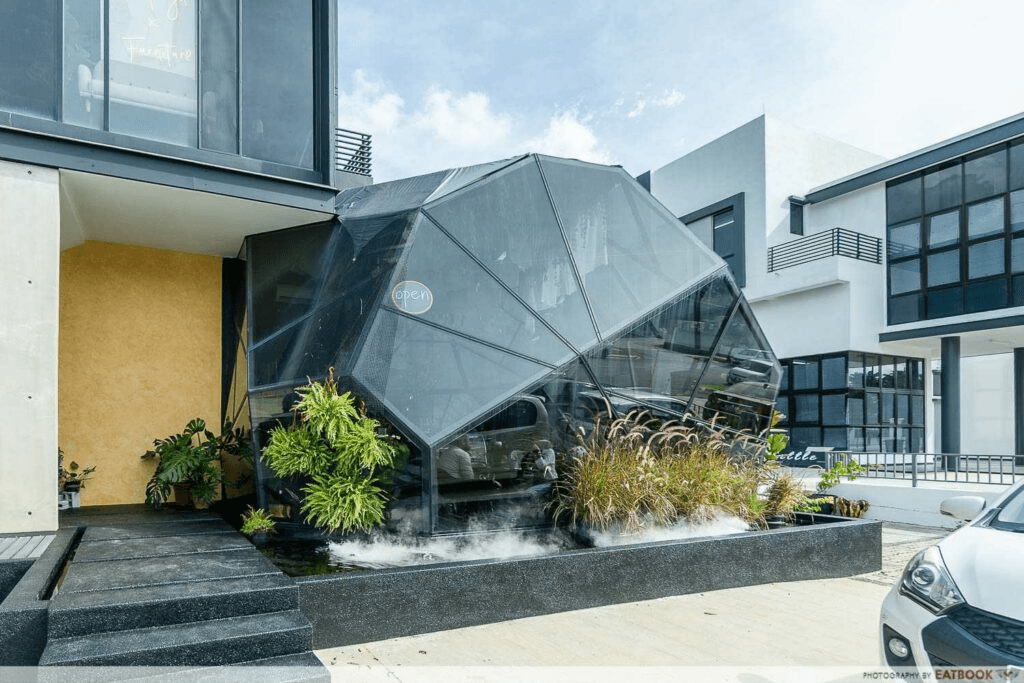
Image credit: Eatbook
Fancy dining in a terrarium? Drive 30 minutes from the JB checkpoint straight to Plantherapy. The glasshouse-looking cafe is housed within an interior design company’s showroom, which explains its creative design.
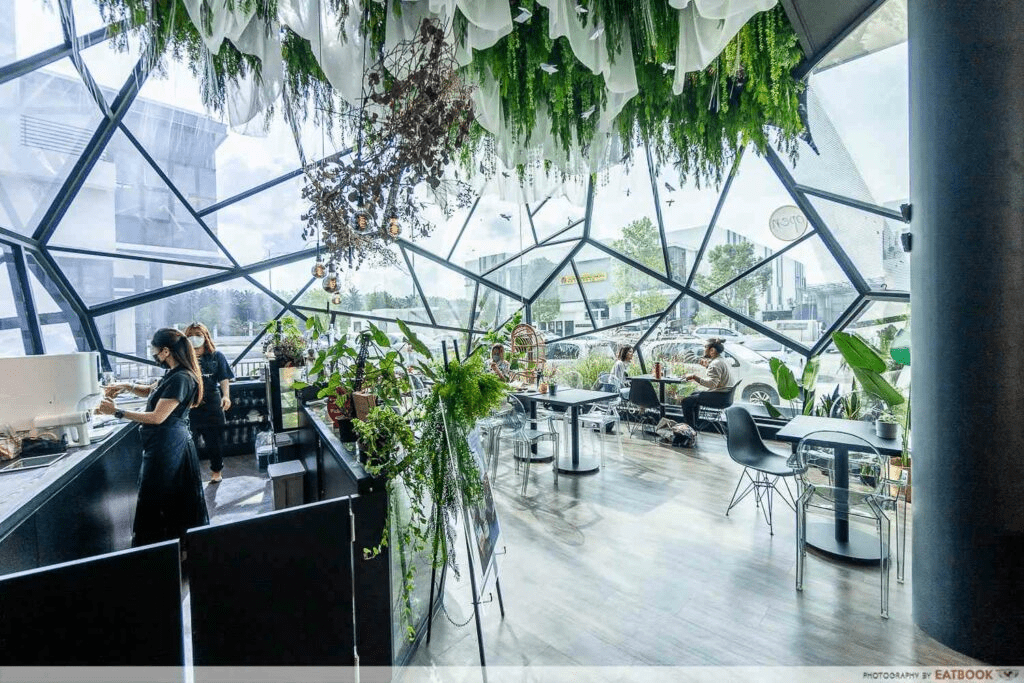
Image credit: Eatbook
Once inside the glass dome, you’ll find one of the most photogenic interiors ever, with plants hanging from the ceiling and natural sunlight pouring in. It can get pretty hot in the afternoon so we suggest going in the evening when you might even catch a glimpse of the sunset.
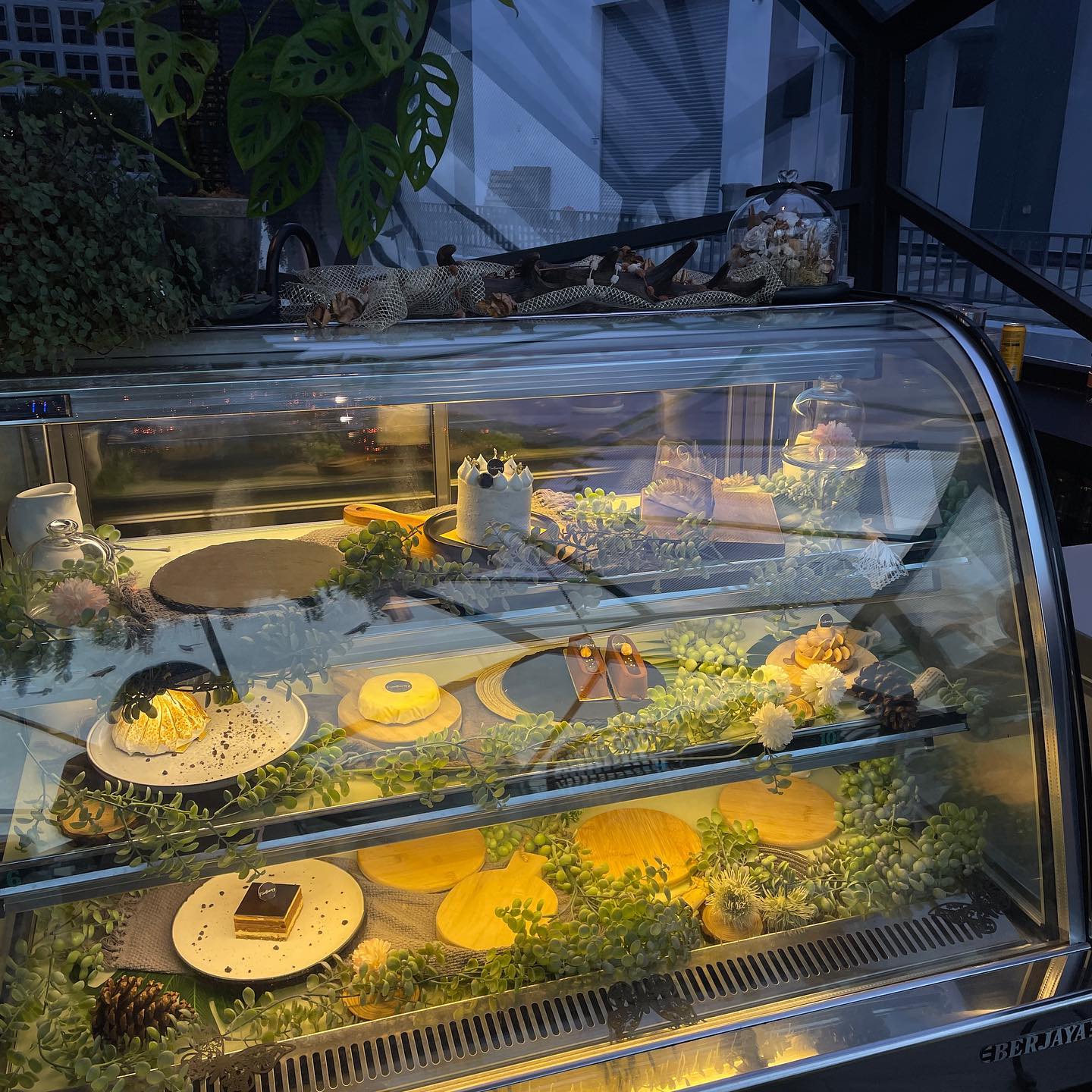
Image credit: @mesrish.qin via Instagram
Even the desserts and drinks here are adorned with edible flowers or have flower-themed designs. The much-raved signature Plantherapy Special Brie Cheese Cake (RM25.90, ~S$7.57), paired with their Shades of Brown iced latte (RM16.90, ~S$4.94) are must-tries. Needless to say, it’s a great spot for celebrating special occasions too.
Address: 8, Jalan Ekoperniagaan 2/7, Taman Ekoperniagaan, Johor Bahru 81100, Johor, Malaysia
Opening hours: Tue-Sun 11am-7pm (Closed on Mondays)
Contact: +60-12-679-6554 | Plantherapy by S P A Z E H A U S Facebook
9. Fika Farmhouse – Kampung-style cafe that is pet-friendly
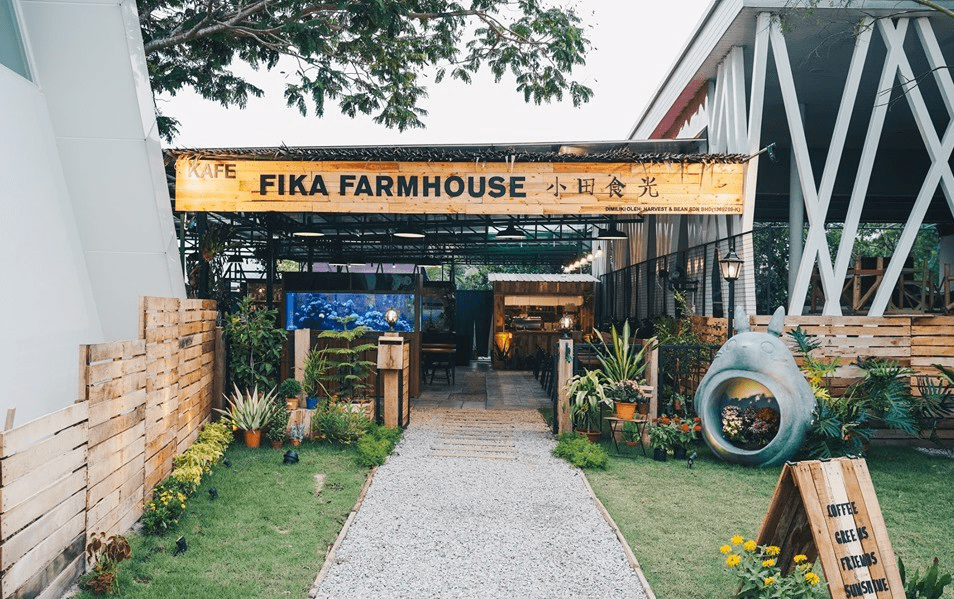
Image credit: The Yard
Fika Farmhouse in Horizon Hills oozes rustic charm. You’re surrounded by wild vegetation and rows of organic veggies in this open-air dining area, but of course, it’s all sheltered.
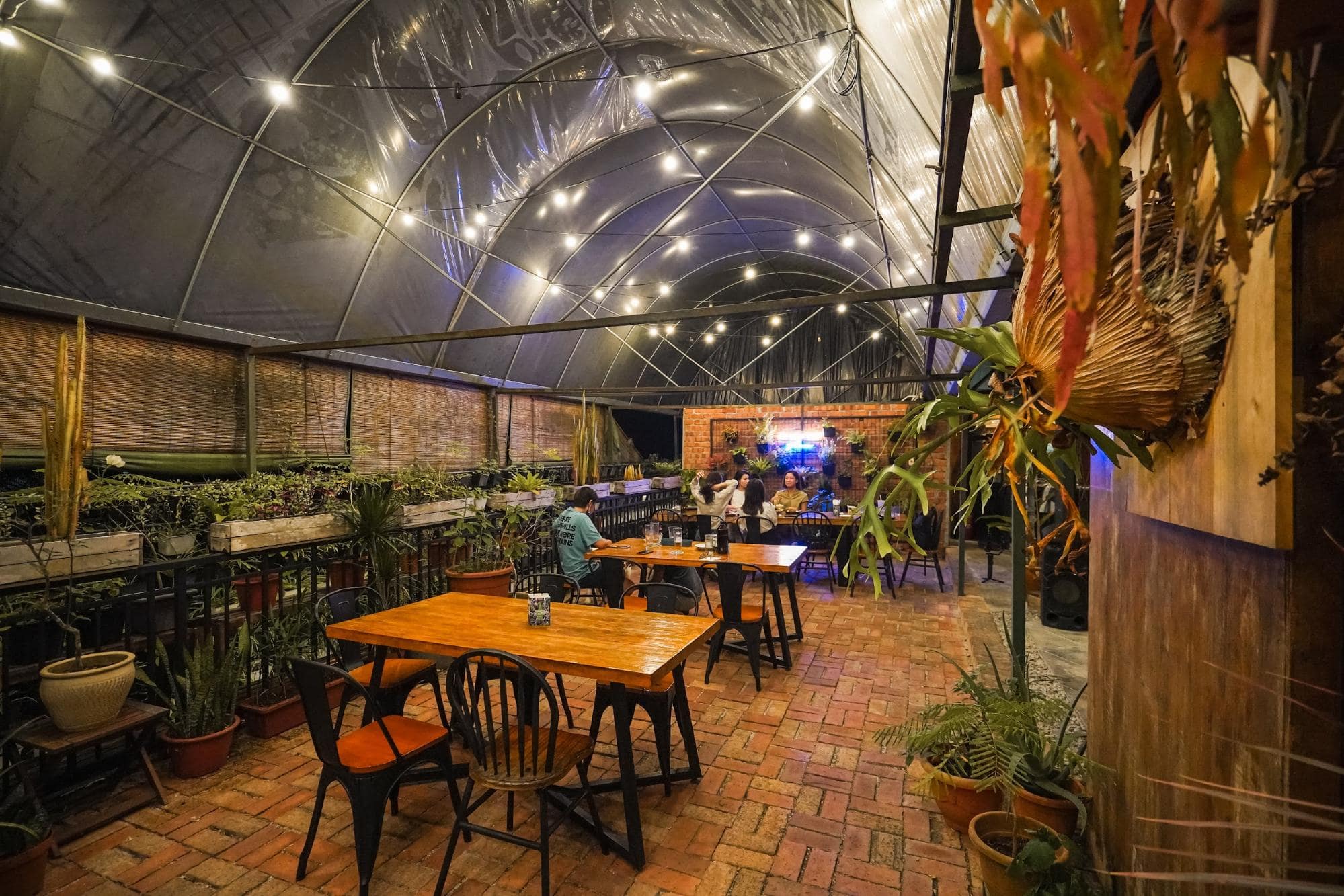
Image credit: Fika Farmhouse via Google Maps
The large area makes it suitable for families travelling together. So, if you’re on a road trip with uncles, aunts, and cousins in tow, this should be your pit stop for dinner.
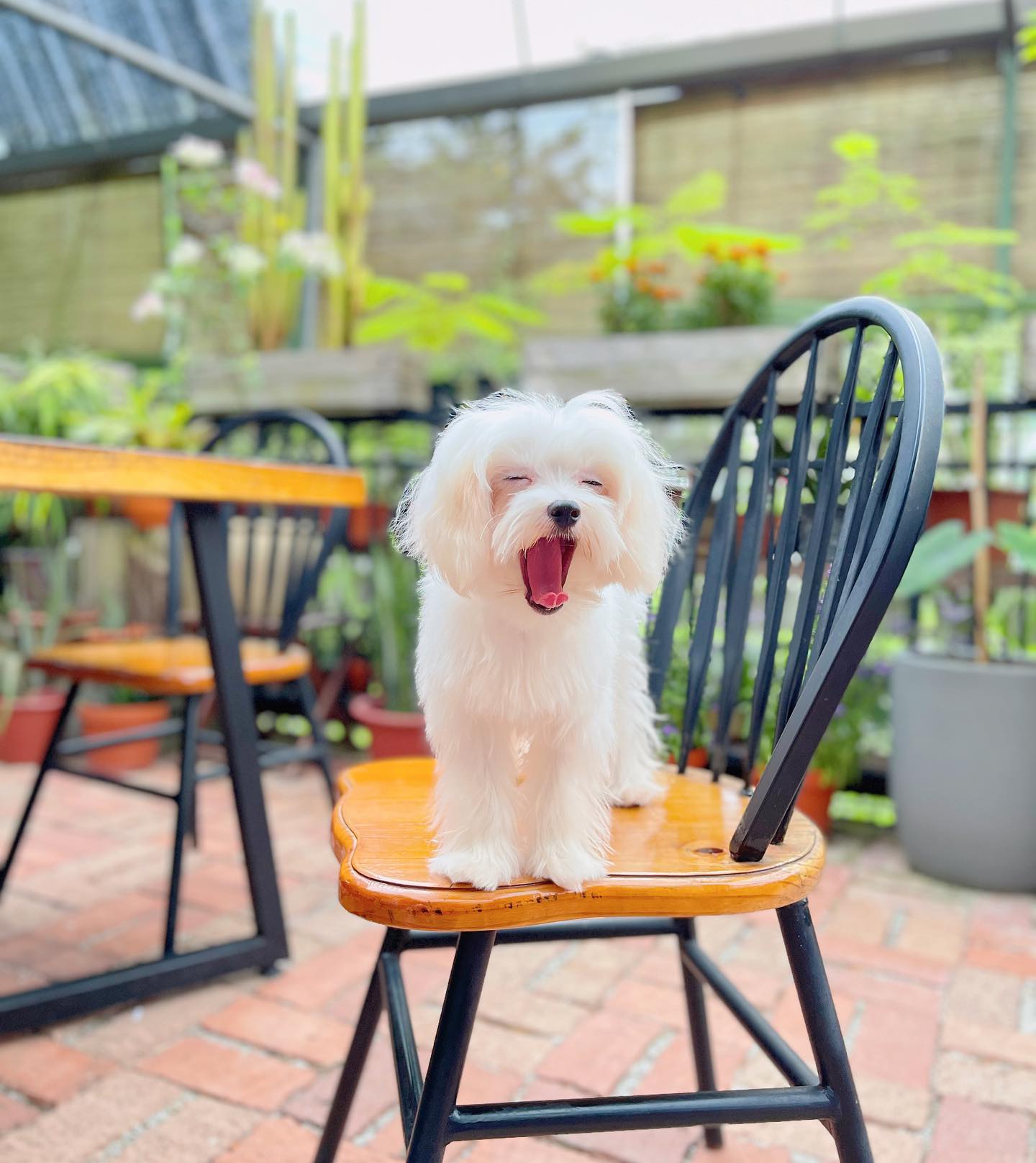
Image credit: @chubby_maltese via Instagram
Good news for those with cats and doggos – the cafe is pet friendly too. There’s a huge garden out front where they can run around without disturbing any diners.

The cafe celebrates ladies’ night with 1-for-1 cocktails every Wednesday from 6pm-10pm.
Image adapted from: Fika Farmhouse via Facebook
The menu mainly features Western fusion dishes, with their most popular dish being the Signature Tom Yum Seafood Spaghetti (RM38, ~S$11.11).
Address: Y2, 1, Jalan Hijauan 1, Horizon Hills, Iskandar Puteri 79100, Johor, Malaysia
Opening hours: Mon & Wed-Fri 5.30pm-11pm | Sat-Sun 11.30am-3pm, 6pm-11pm (Closed on Tuesdays)
Contact: +60-11-1054-9166 | Fika Farmhouse website
10. Cafe de Flore Thai Cuisine – Inspired by a cafe in Paris
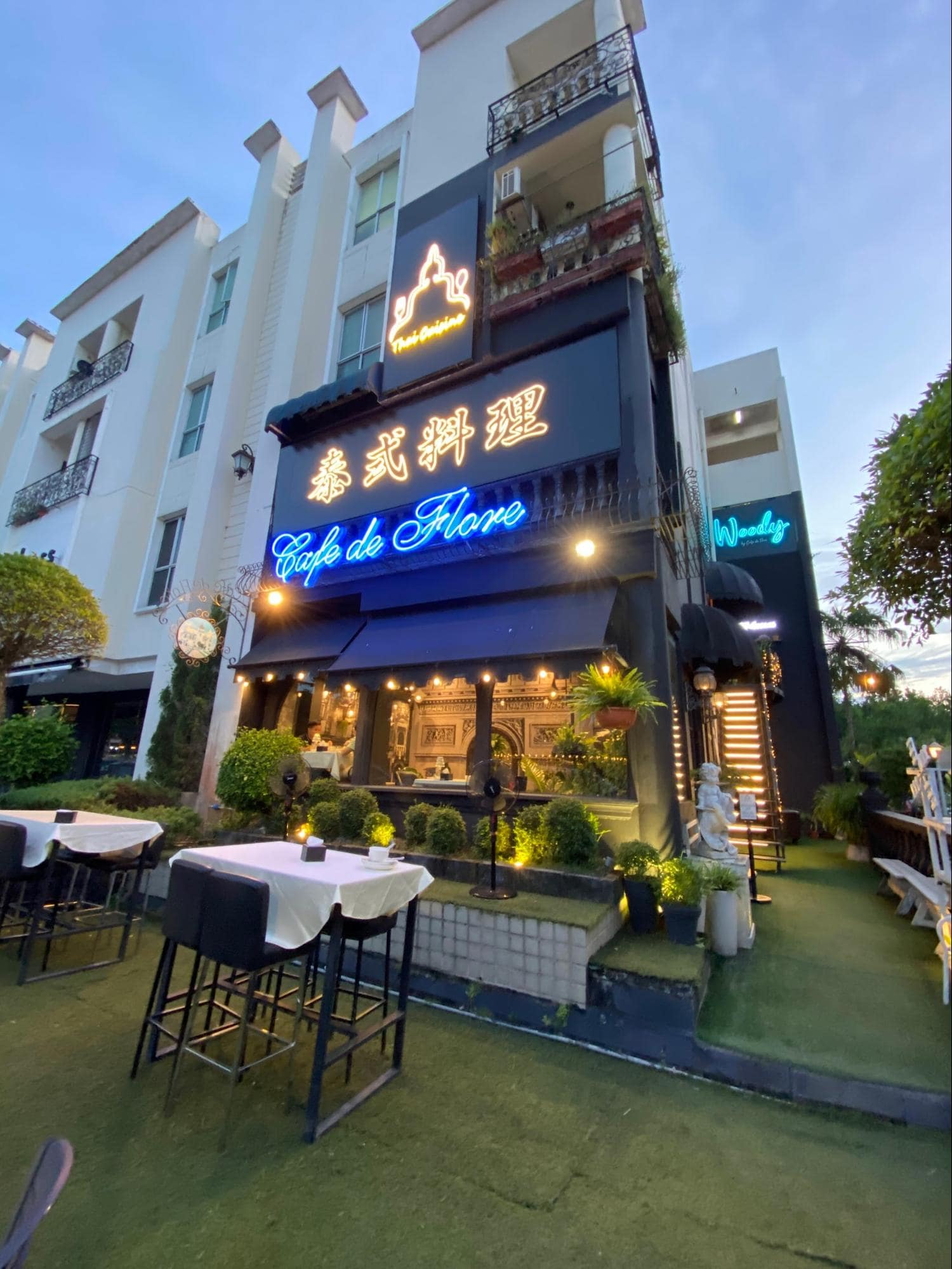
Image credit: Cafe de Flore via Google Maps
We were pleasantly surprised to find a “Little Singapore” in JB with a replica of the Dakota neighbourhood. So, imagine our delight when we found out that there’s also a “Little Paris” in JB at Mount Austin that’s just 25 minutes away from customs.
Cafe de Flore brings its diners to Europe with its Parisian-inspired decor. The cafe is modelled after an actual French cafe of the same name, but hold on – they serve authentic Thai food here. The surprises just don’t stop.
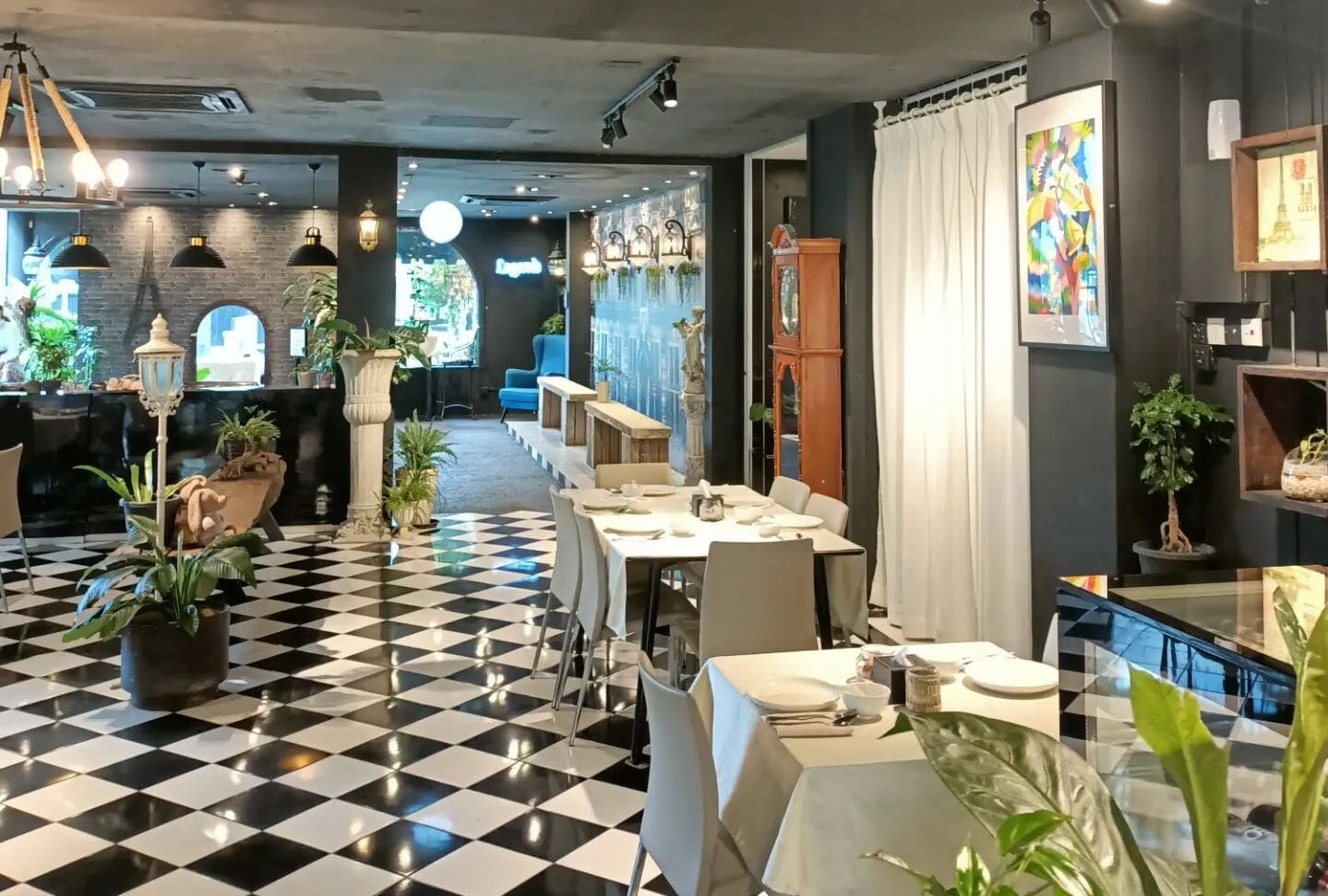
Image adapted from: @thaicuisinebycafedeflore via Instagram
Both outdoor and indoor seating are available. If you prefer going al fresco, request a seat in the garden where European-looking statues will keep you company. If the weather is too hot, head indoors where you’ll see black and white tiled flooring and a lot of plants.
On the menu are classic Thai dishes, including Pad Thai, Tom Yum Soup, and Green Curry.
Address: Jalan Jaya Putra 1/1, Taman JP Perdana, Johor Bahru 81100, Johor, Malaysia
Opening hours: 12pm-10pm, Daily
Contact: +60-18-790-7502 | Thai Cuisine by Cafe de Flore Facebook
11. Lune24 – Open-air cafe with pretty garden lights
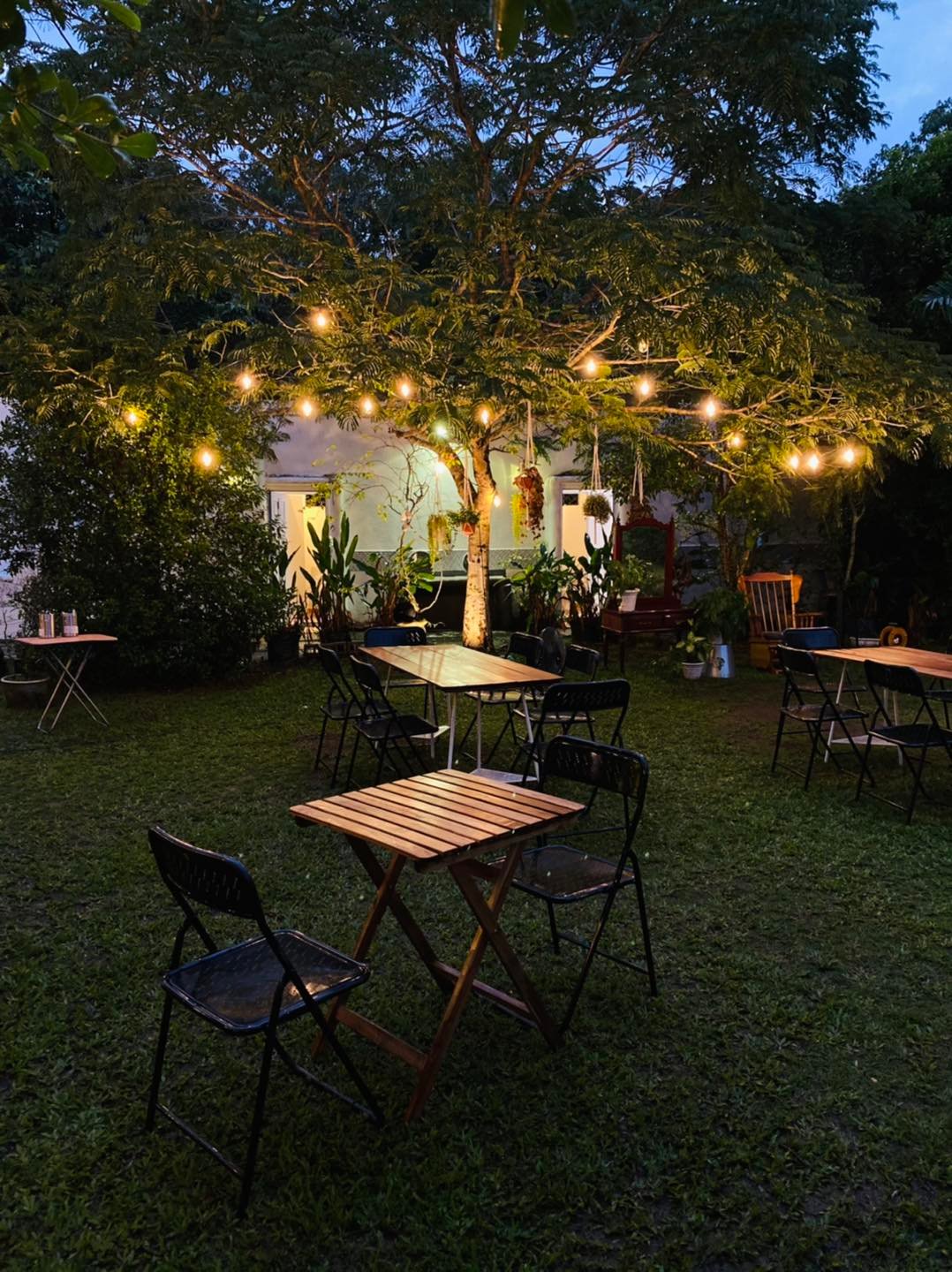
Image credit: Lune24 via Facebook
Singaporeans roaming around Paradigm Mall JB, we see you catching a movie at the cinema for just ~S$4. Once you’ve had enough of being indoors and need a breath of fresh air, drive 10 minutes down to Lune24 where you’ll get to dine in an outdoor garden.
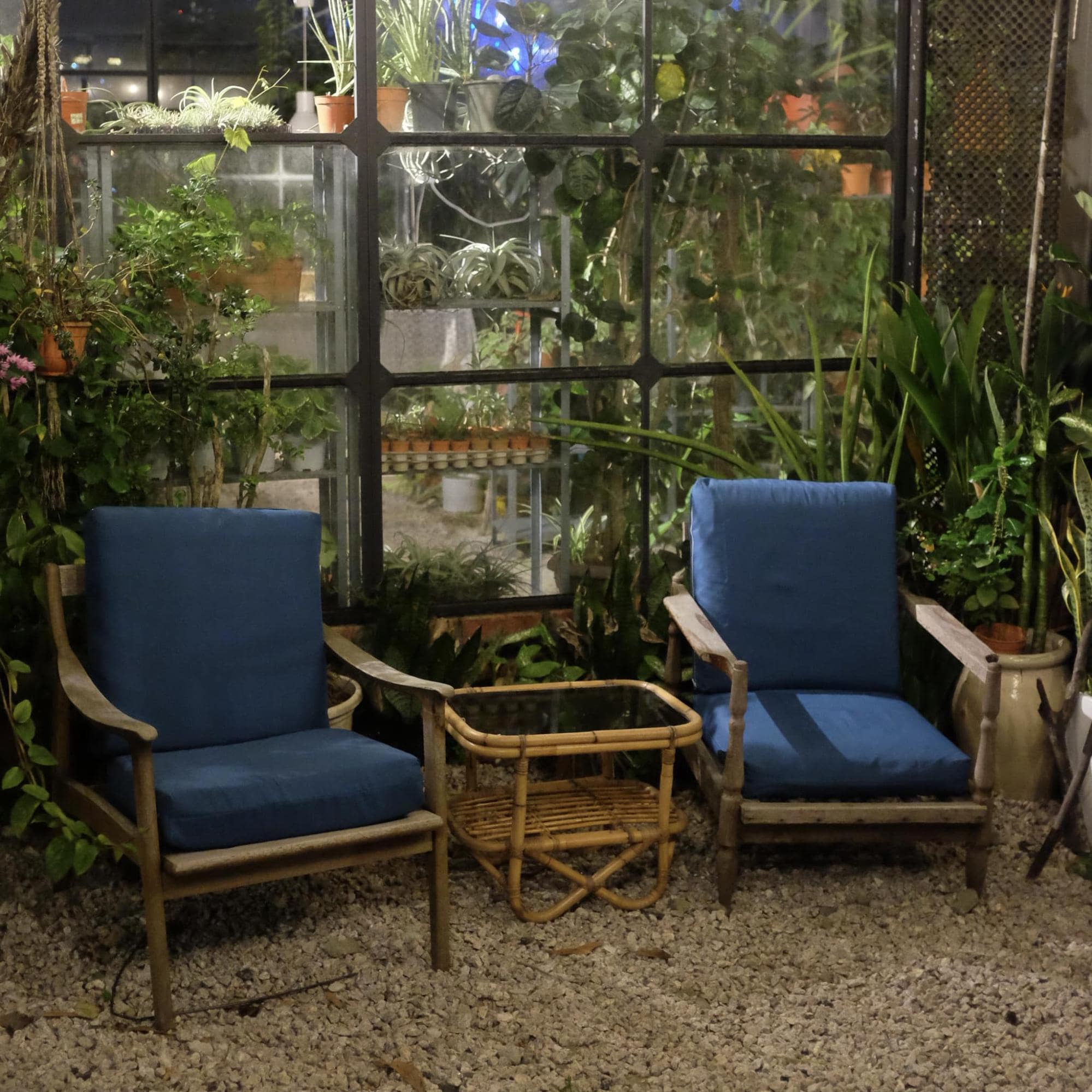
Image credit: Lune24 via Facebook
Picture wooden tables, including some low ones paired with comfy sofas, and being surrounded by fairy lights. It’s quite a romantic atmosphere here after sundown. And if you’re worried about sweating through your date, you’ll be happy to know that there are a number of giant fans near the seating area to keep the temperature cool.
Couples looking for a little more privacy can request seats in the few nooks and corners of the cafe.
Occasionally, the cafe hosts live performances and art markets too. Just check their socials to find out when such events take place.
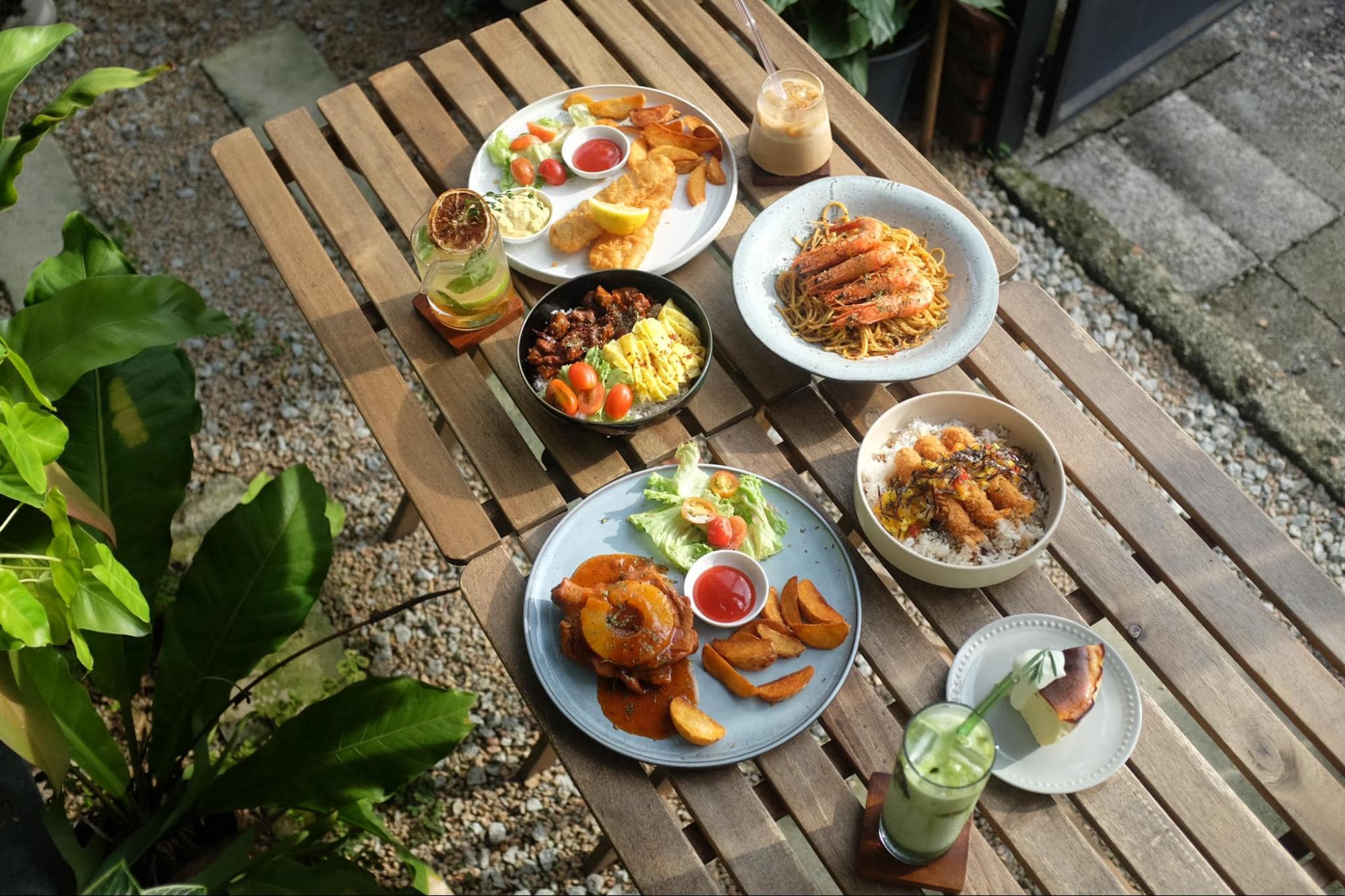
Image credit: Lune24 via Facebook
As for what you can eat, the menu is constantly rotating so the only way to know for sure is to make a trip down and try it for yourself.
Address: 2 Jalan Bertingkat Skudai, Jalan Roda, Taman Bukit Mewah, Johor Bahru 81200, Johor, Malaysia
Opening hours: Thu-Mon 5.30pm-12.30am (Closed on Tuesdays & Wednesdays)
Contact: Lune24 Facebook
Bonus: Hill & Heal – Glasshouse cafe in the middle of a forest
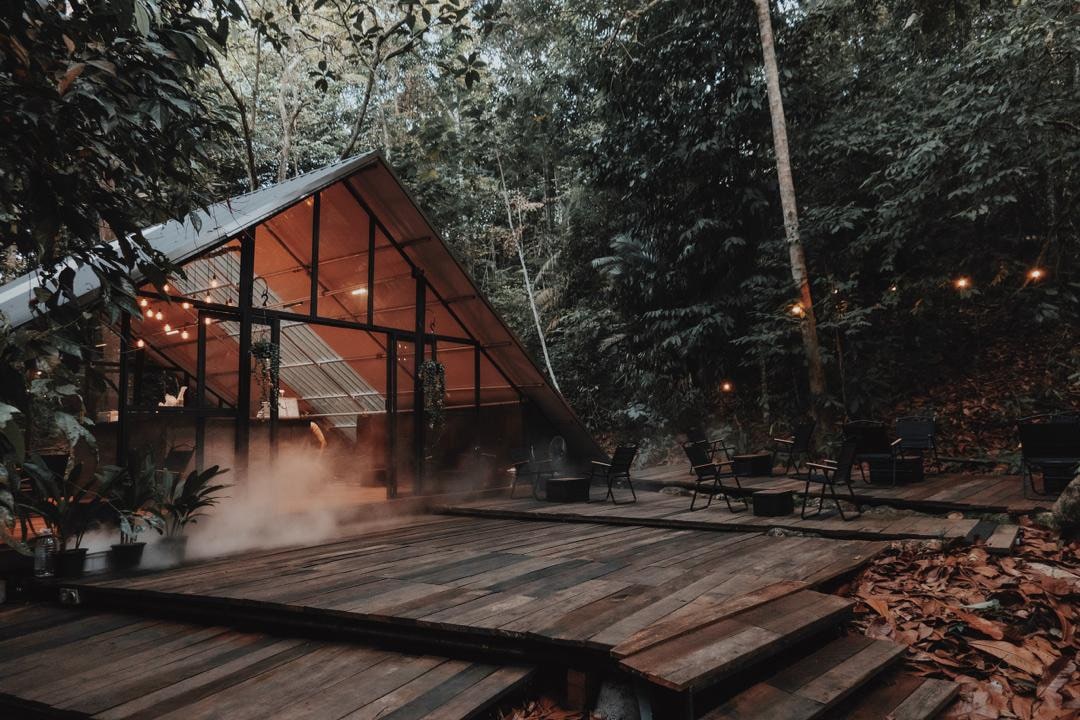
Image credit: Hill & Heal via Facebook
If you’re willing to venture a little further out of JB into Kluang, Hill & Heal is another nature-themed cafe worth a visit. It’ll take roughly an hour and a half to reach the cafe which lies at the foothills of Gunung Lambak and is only open on the weekends from Friday to Sunday.
There are camping-style seats in the glasshouse for those who want to dine indoors. But the outdoor area is definitely more popular as one can admire the surrounding natural beauty while sipping on a latte. If you really want to make the most out of your visit, try the hike to the summit of the mountain – a trail that takes around 4-5 hours in total.
Address: 28GW+49, Kluang 86000, Johor, Malaysia
Opening hours: Thu-Sun 8am-5pm (Closed from Mondays to Wednesdays)
Contact: Hill & Heal Facebook
Visit these nature-themed cafes near JB checkpoint
When life in the concrete jungle gets too much, just know that there are these gems across the border you can escape to. Just get through customs by figuring out which is the best time to go to JB, and you’ll reach one of these super chio nature-themed cafes in no time.
More places to visit in JB:
Cover image adapted from: Eatbook, @putuovillage & @rainforesttreehouse via Instagram
